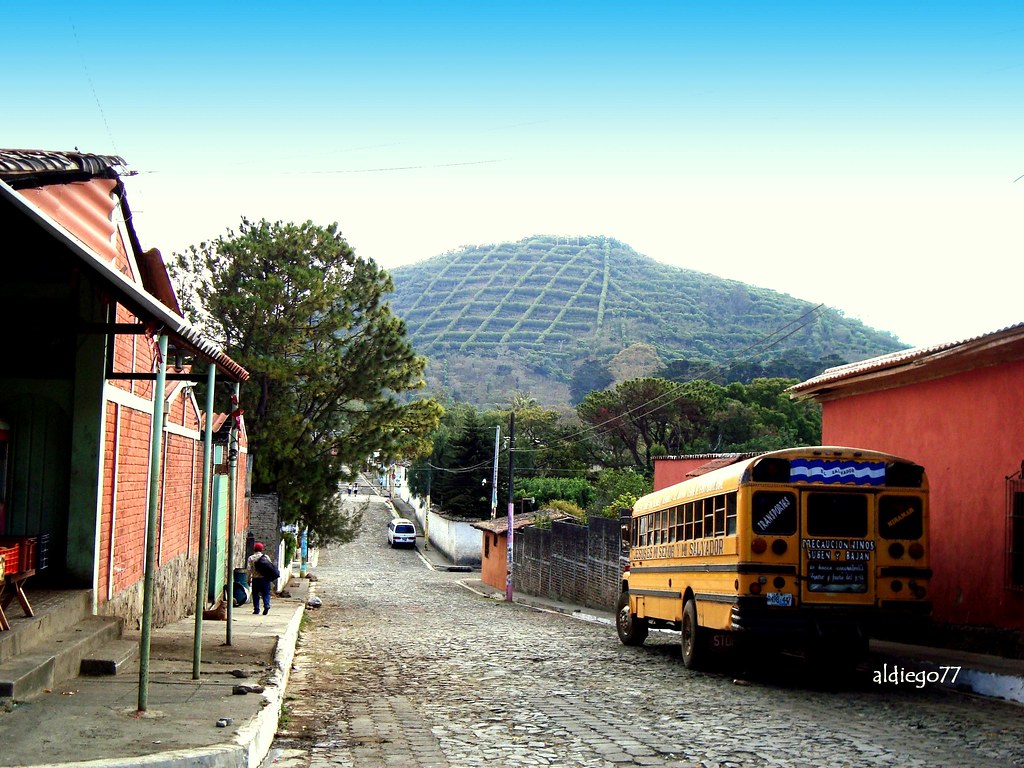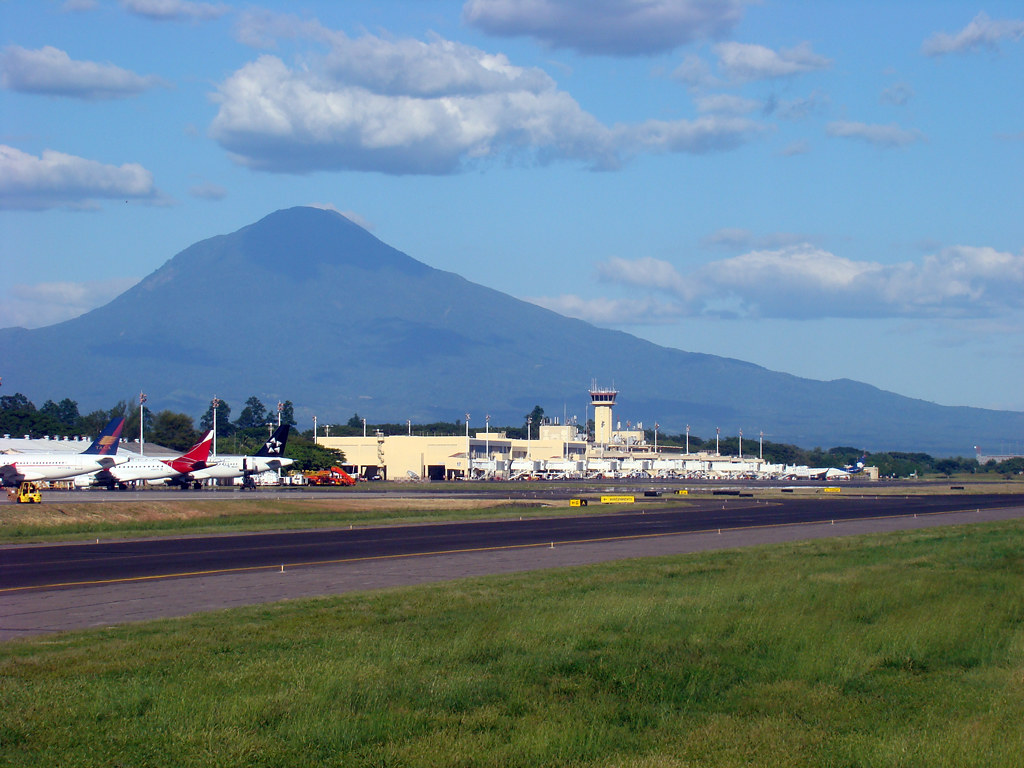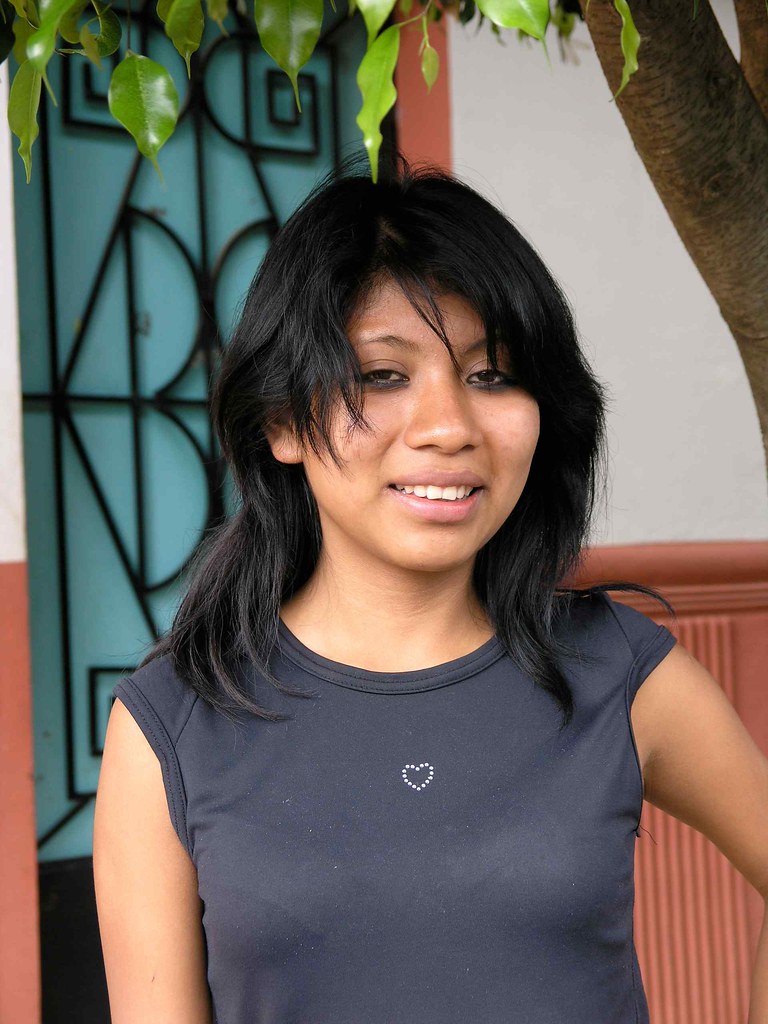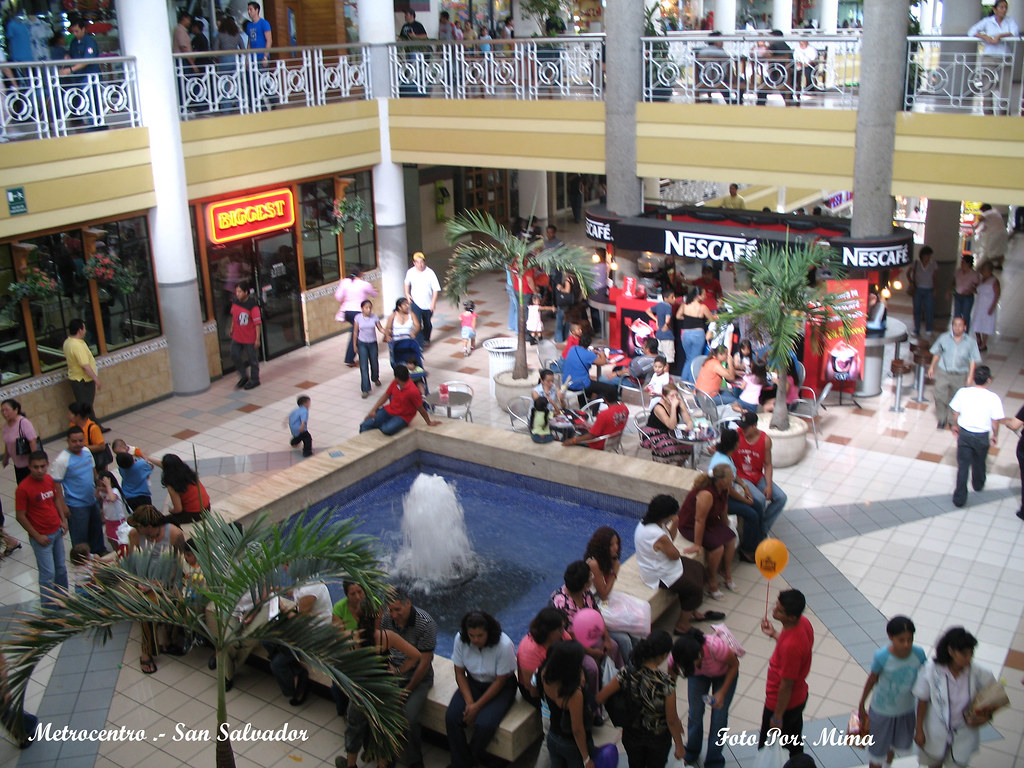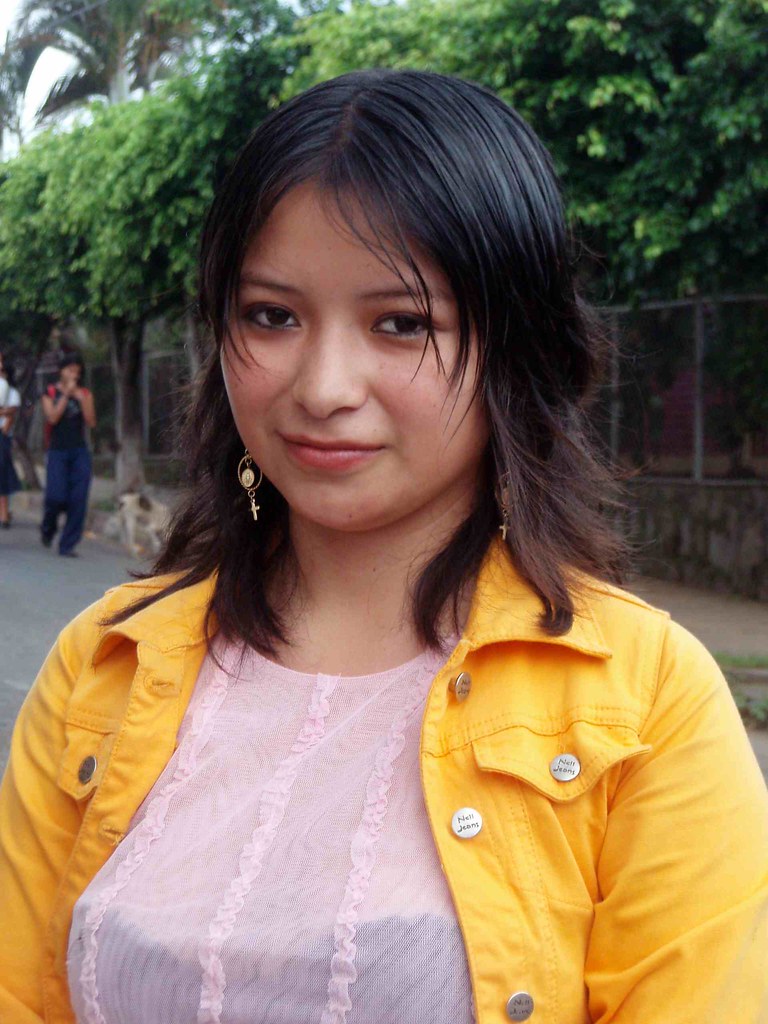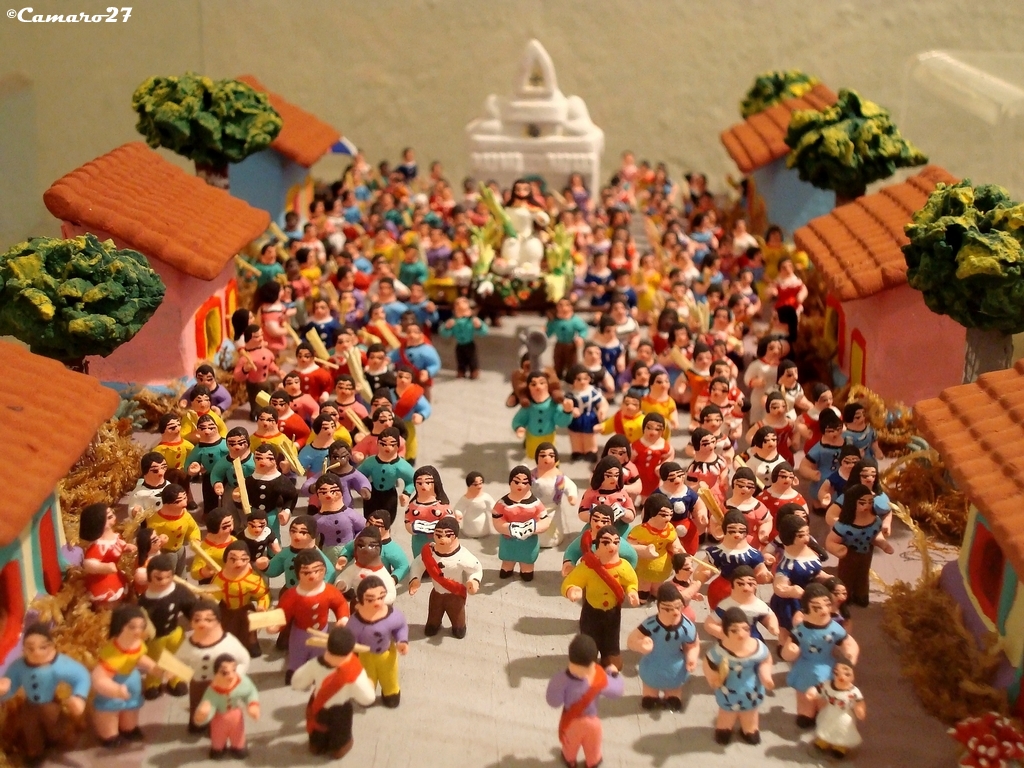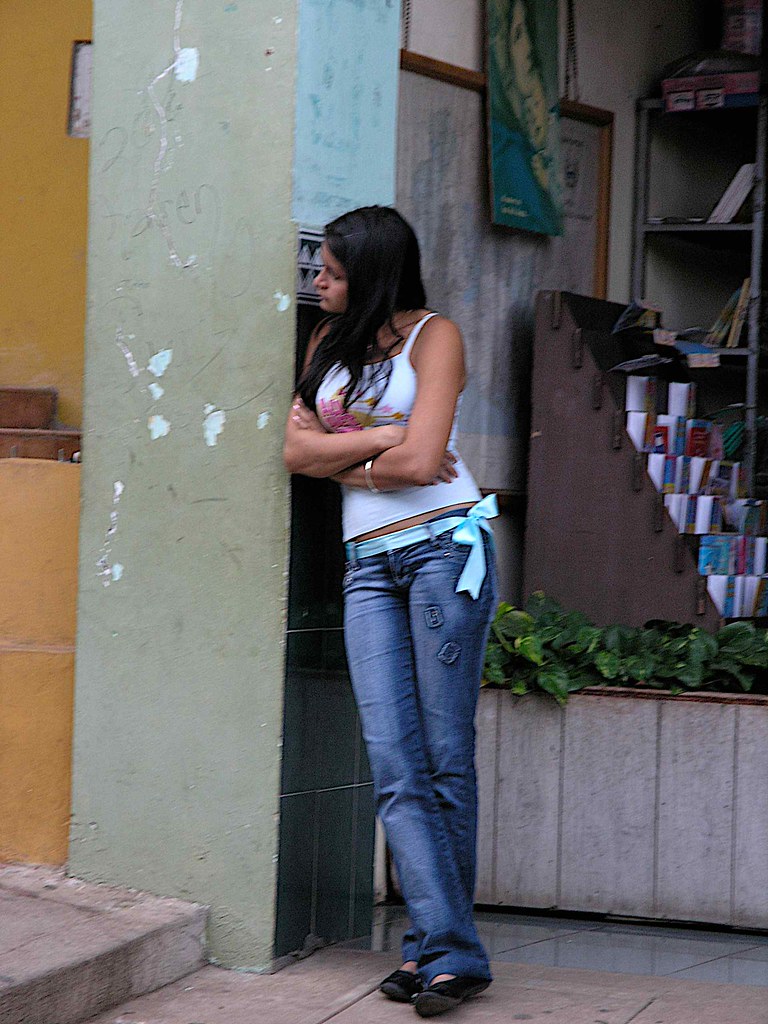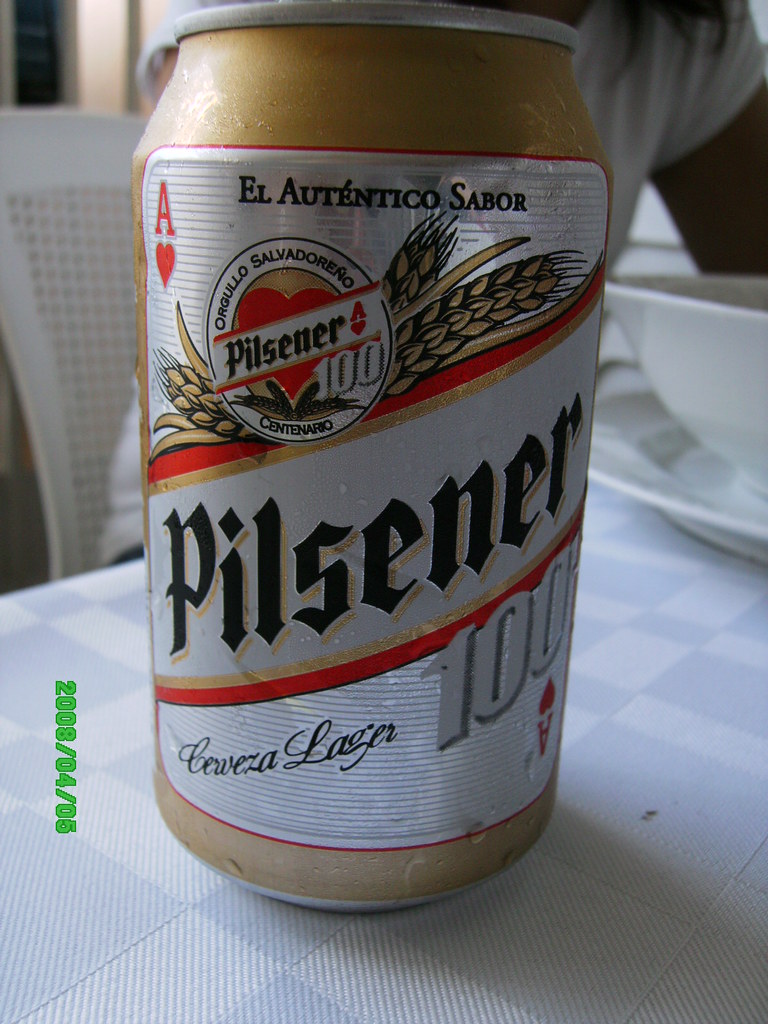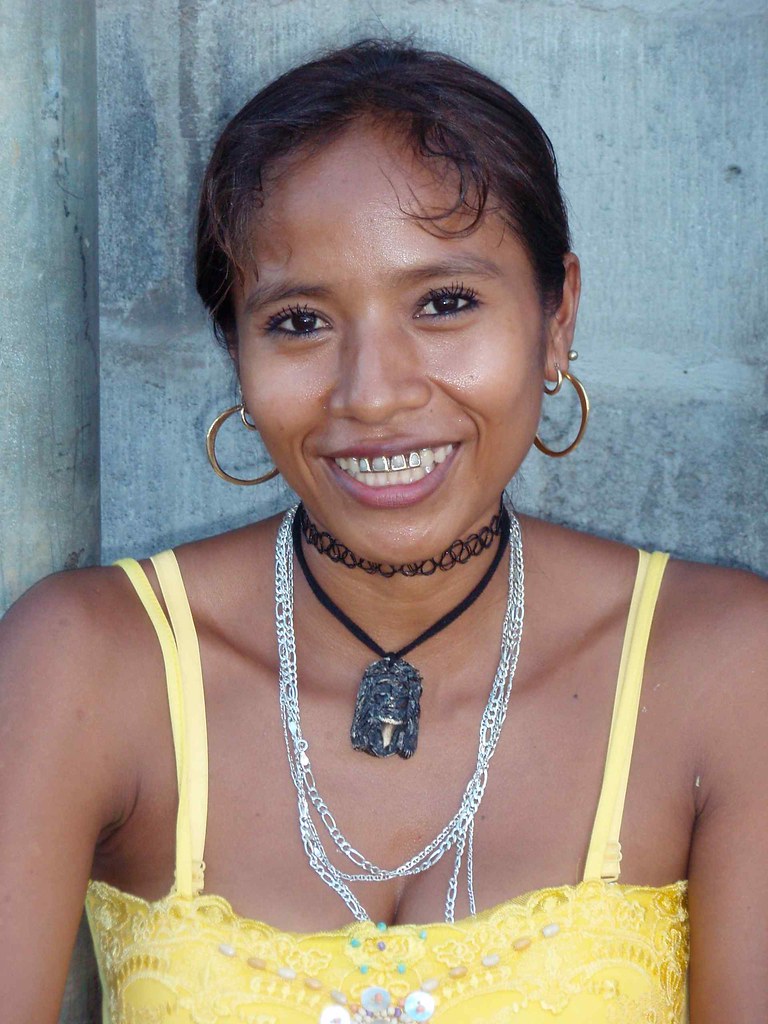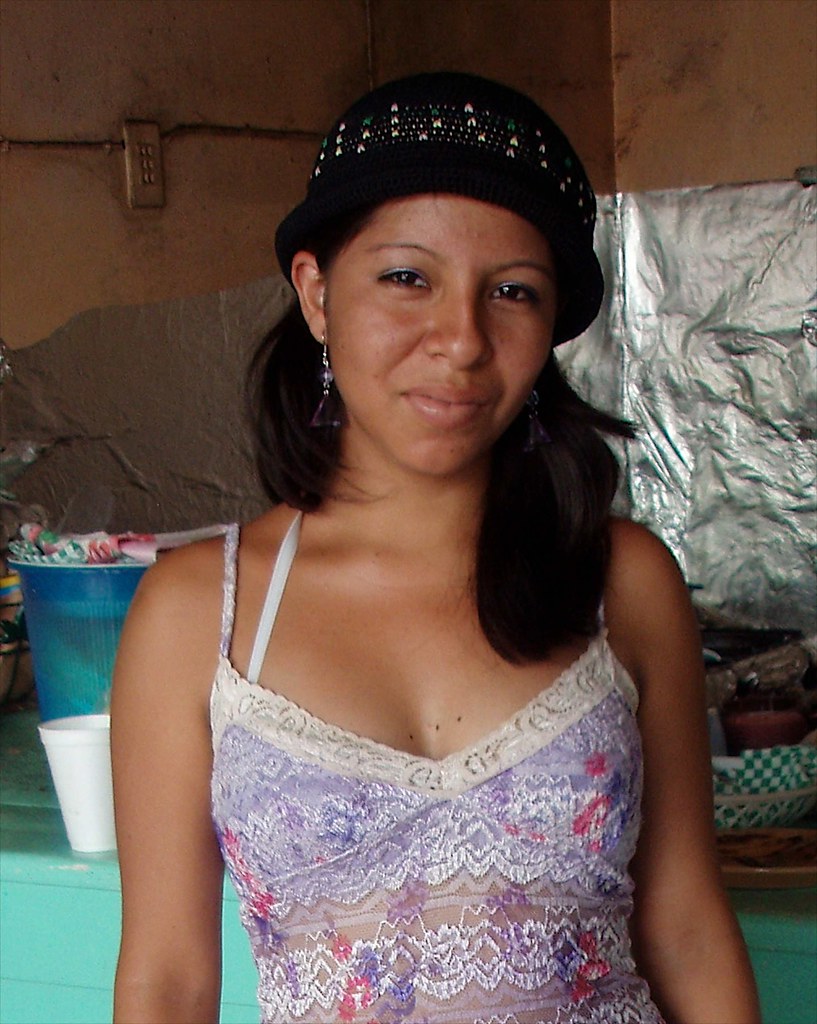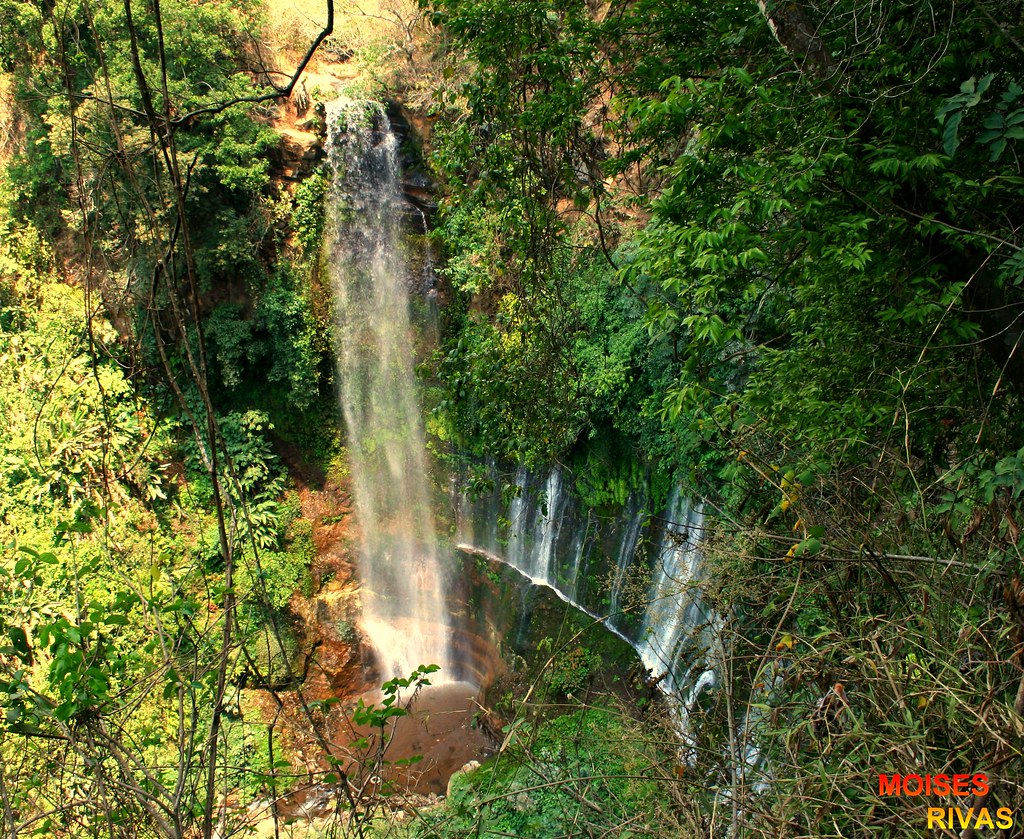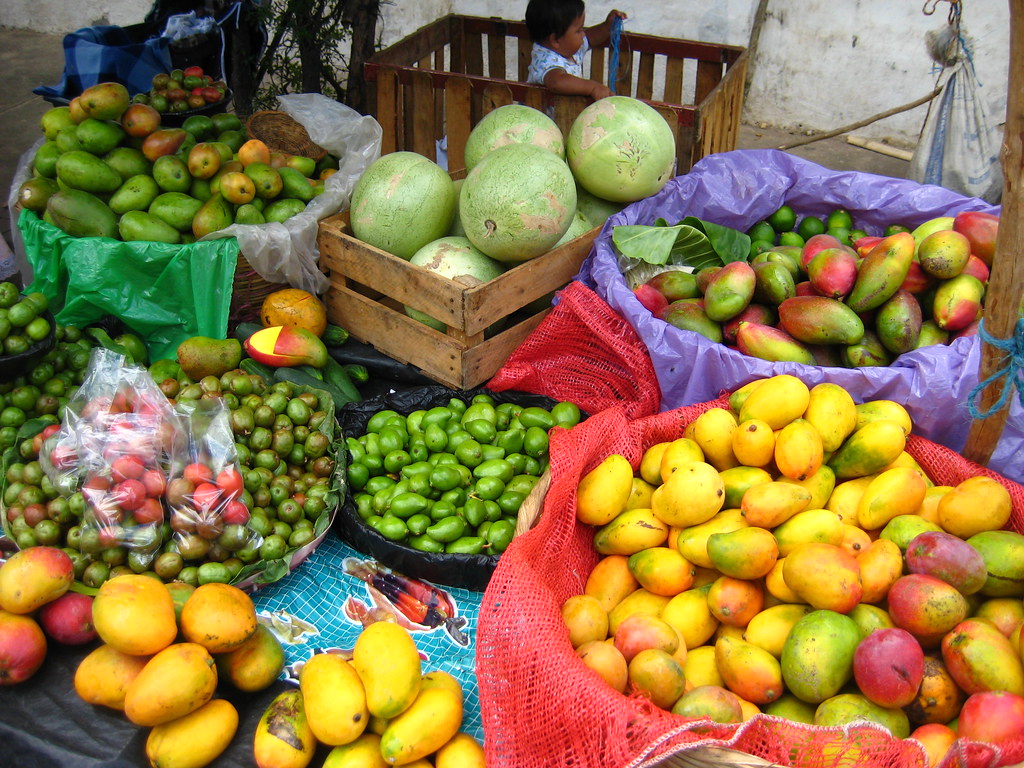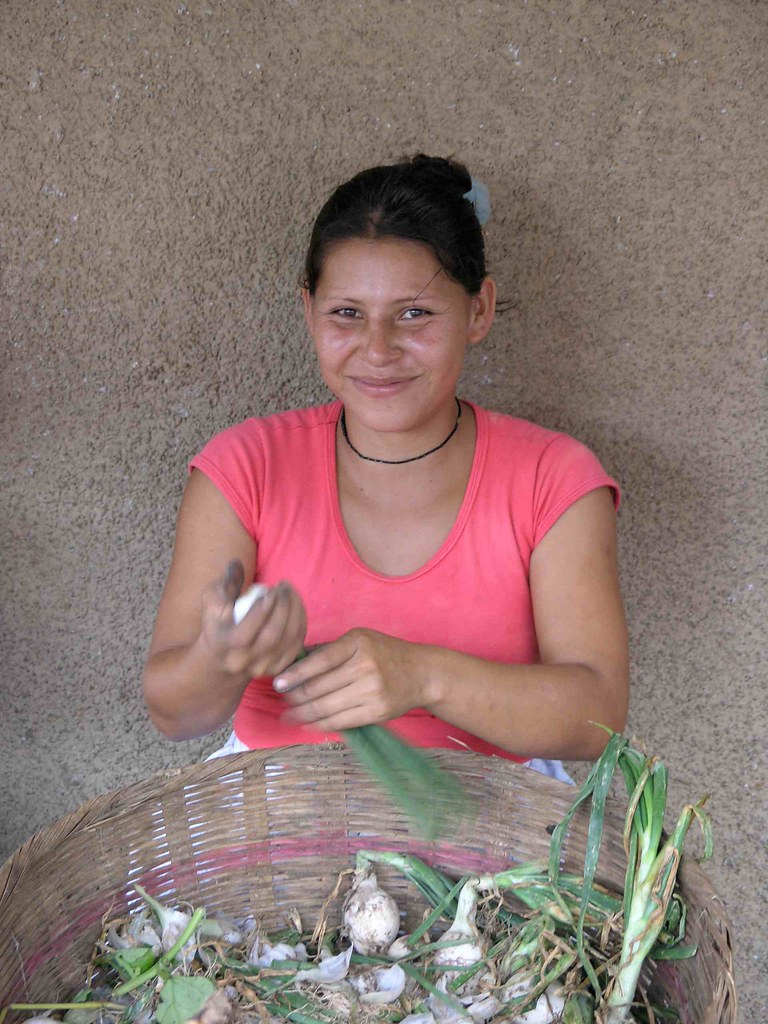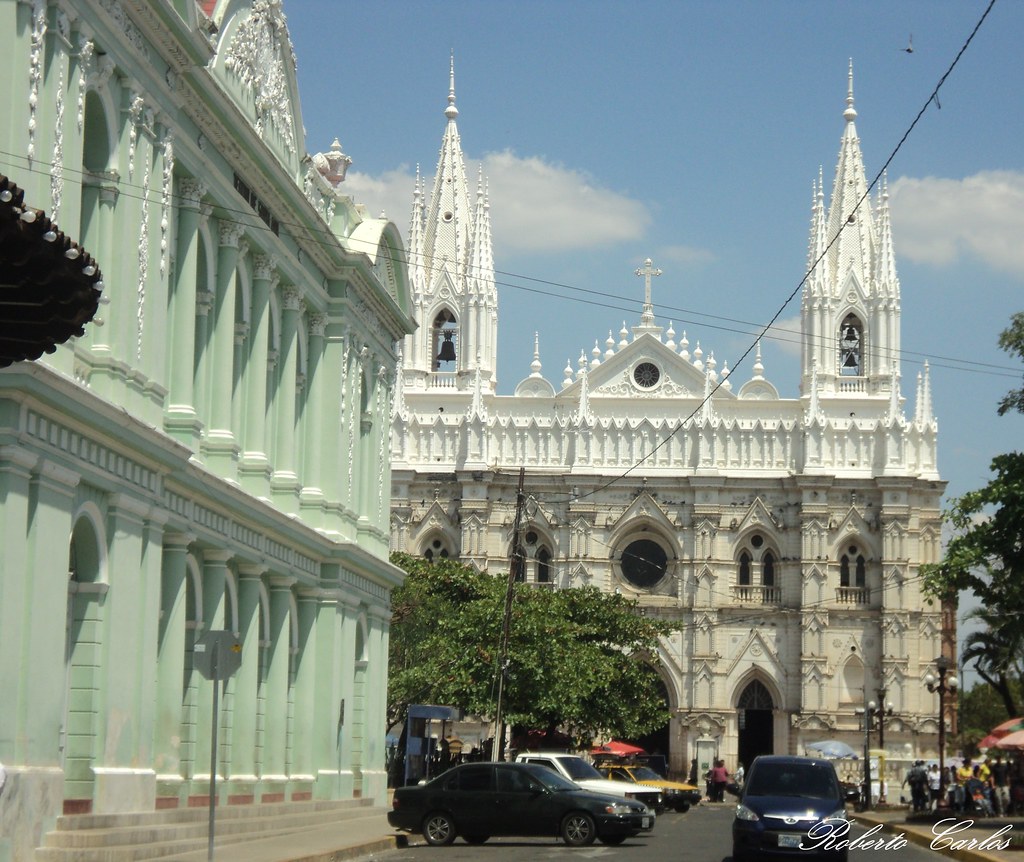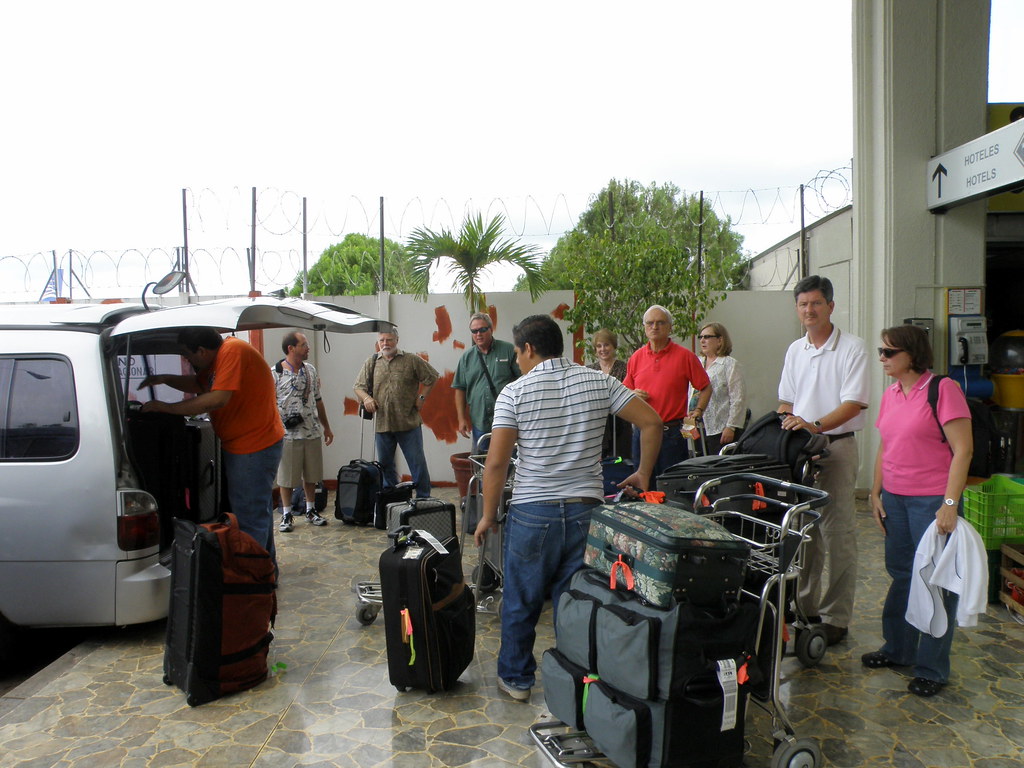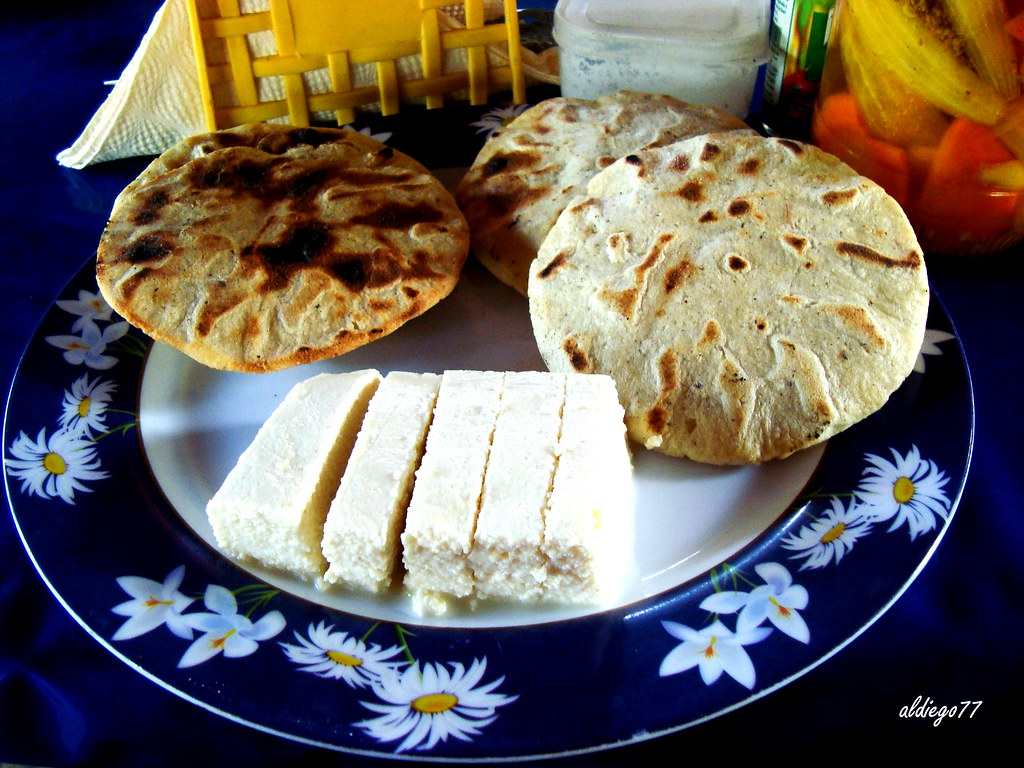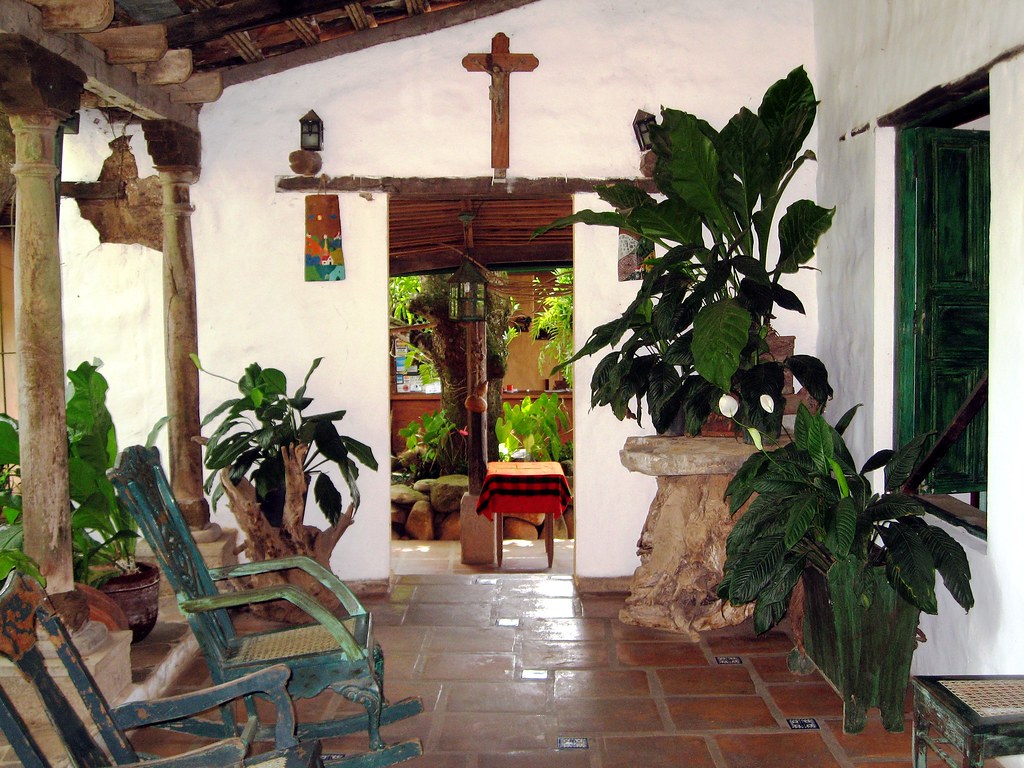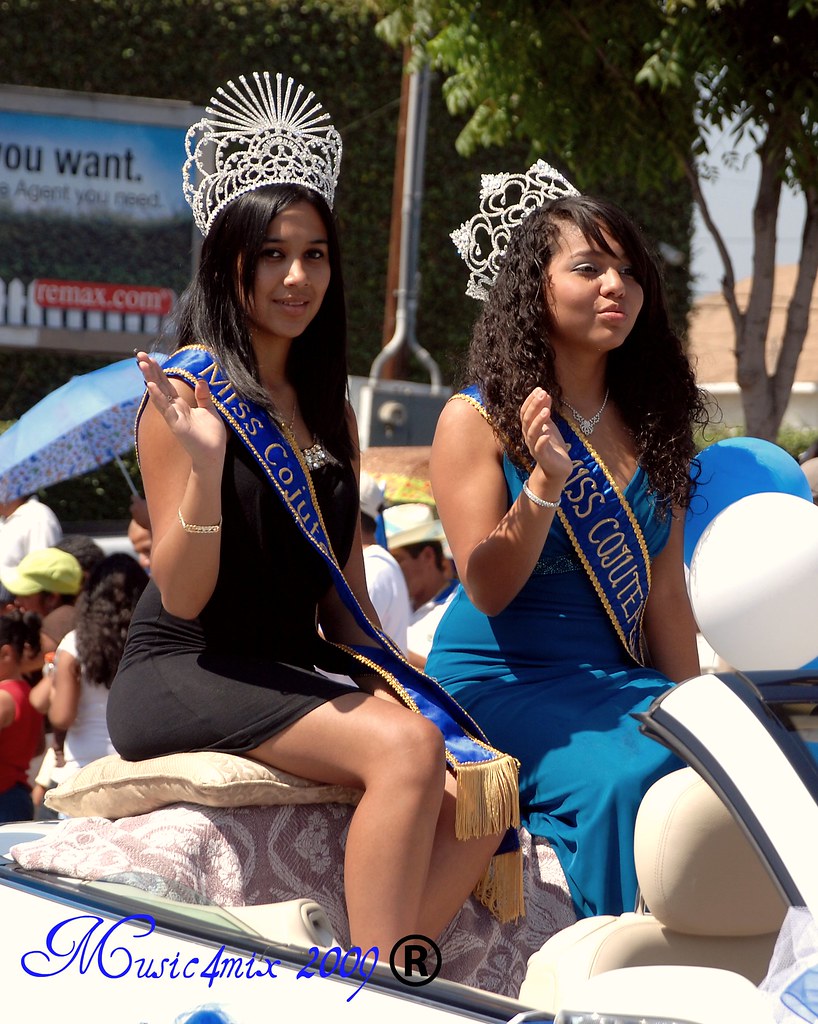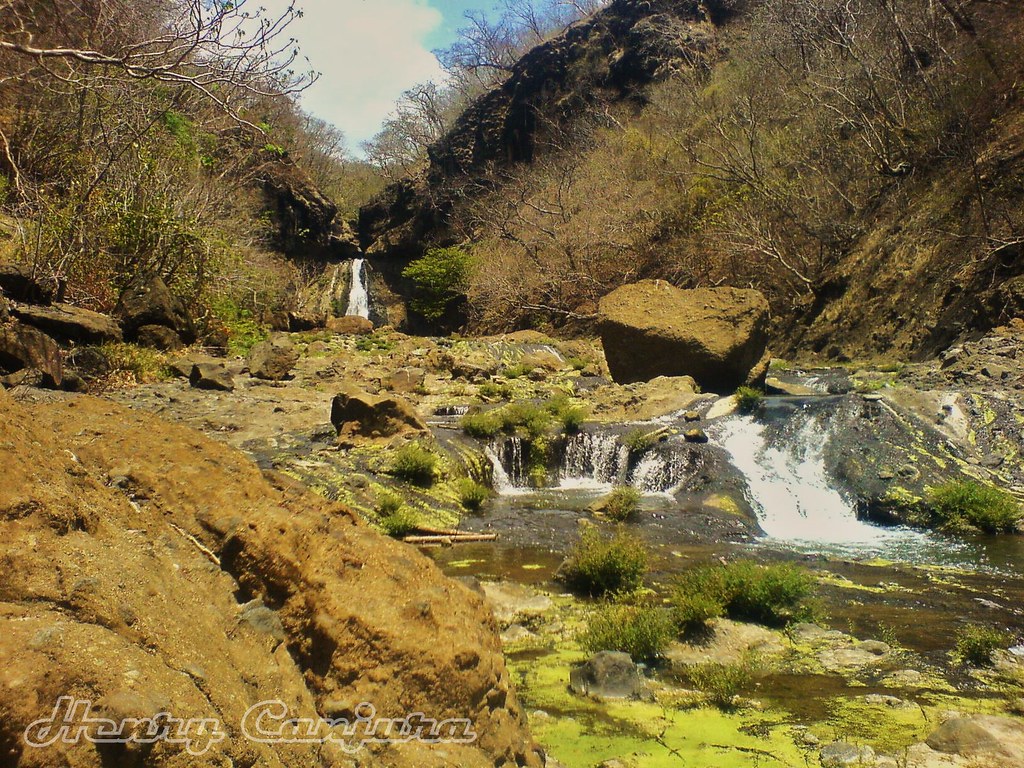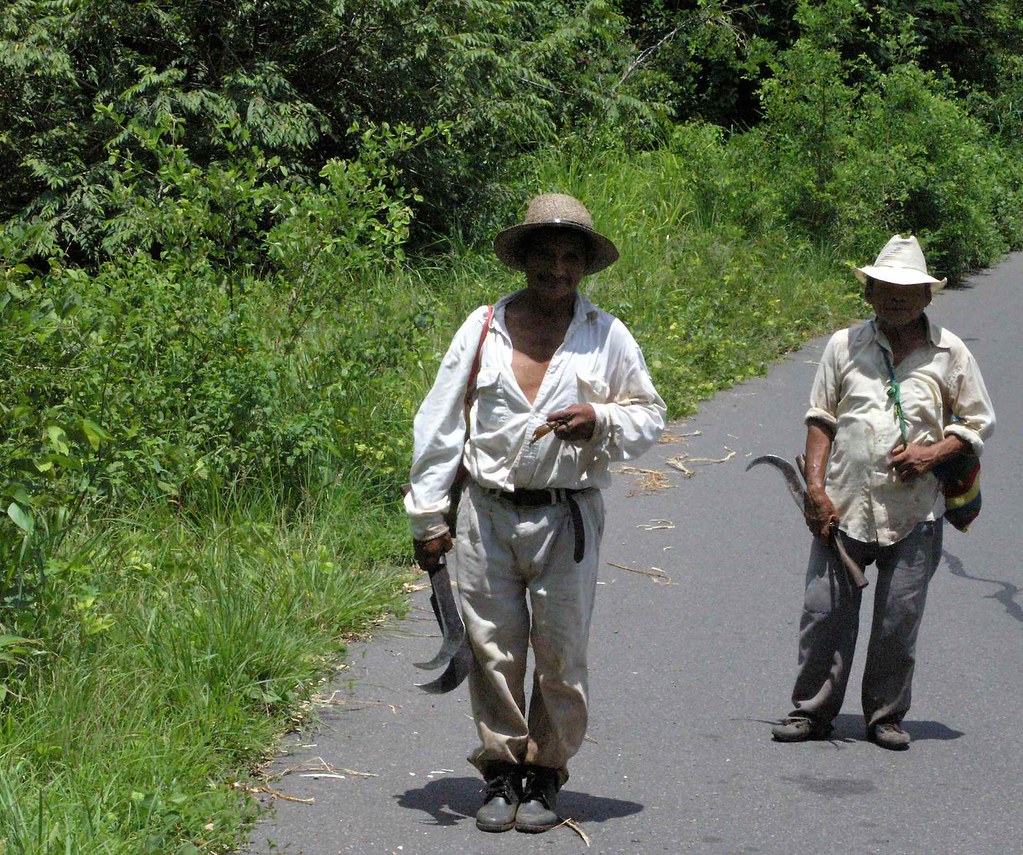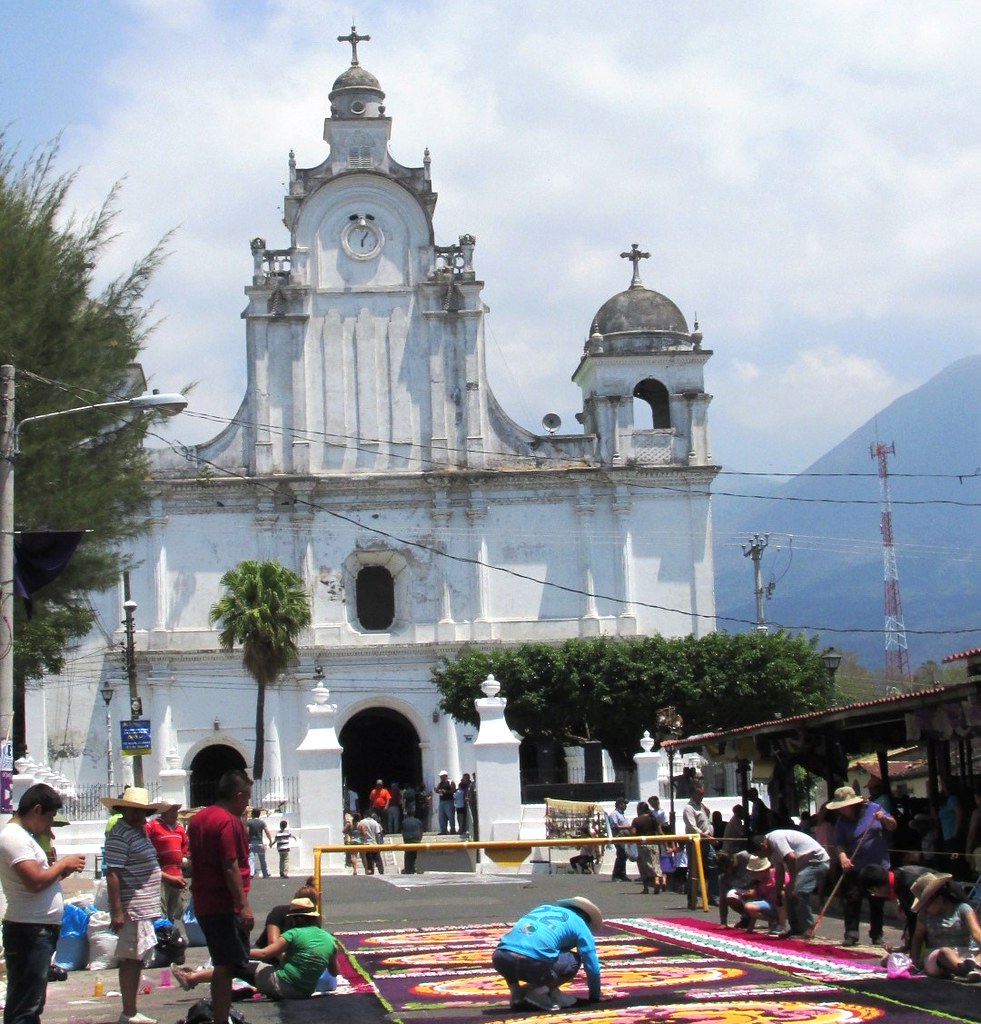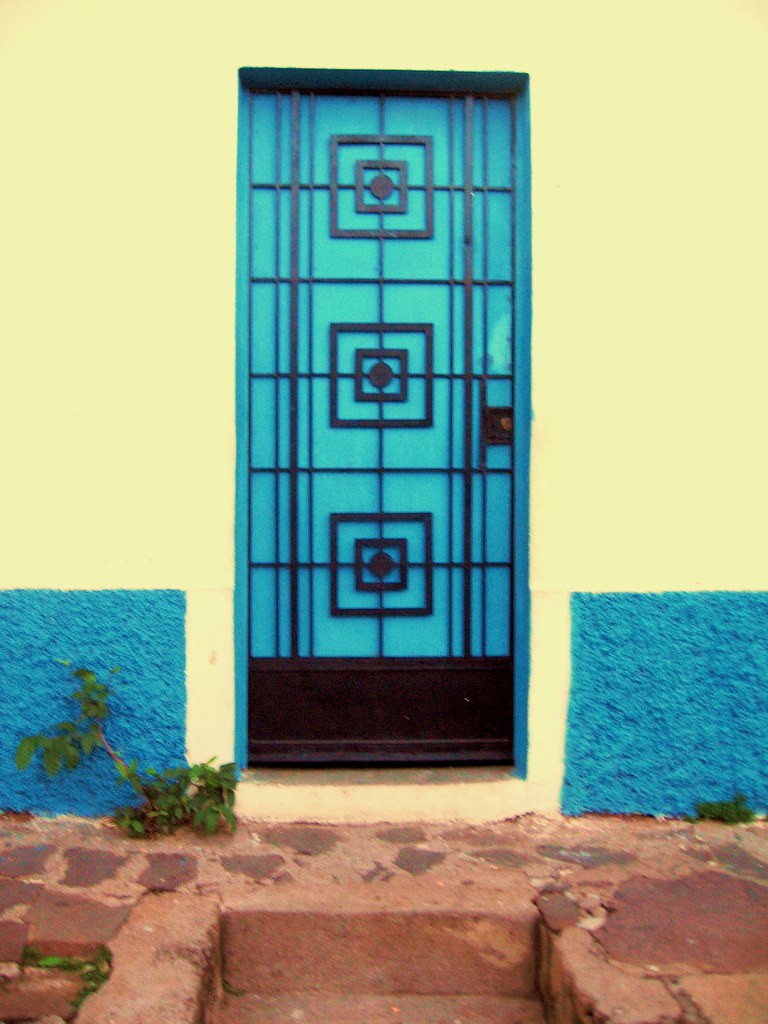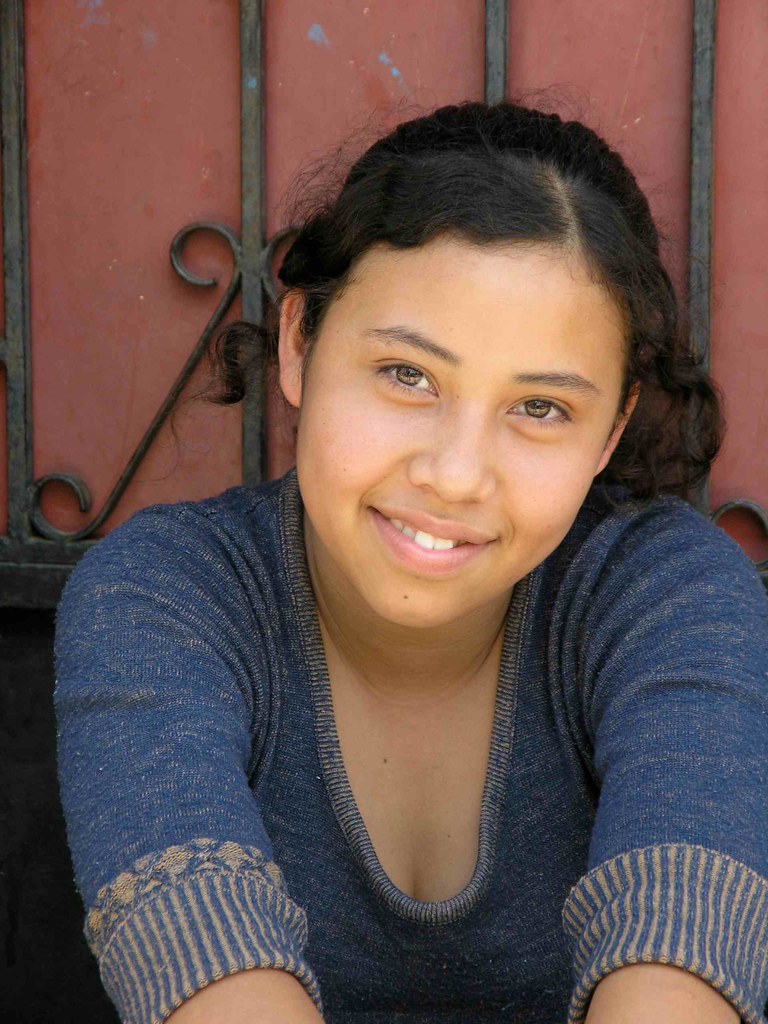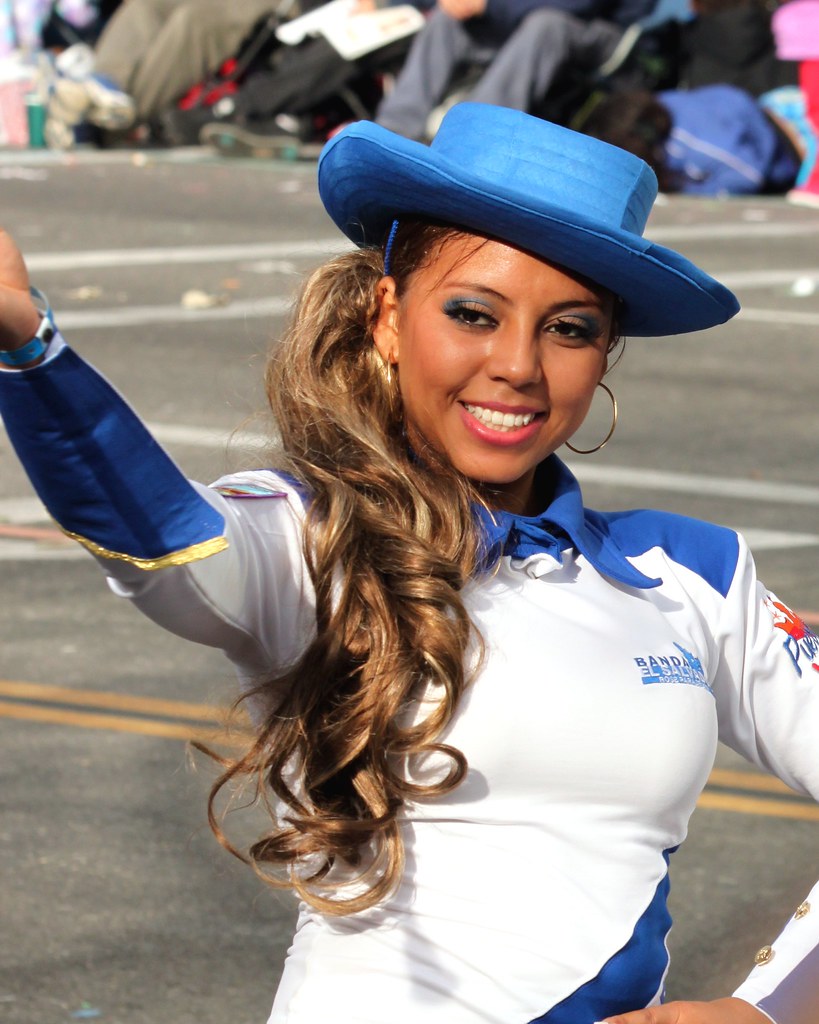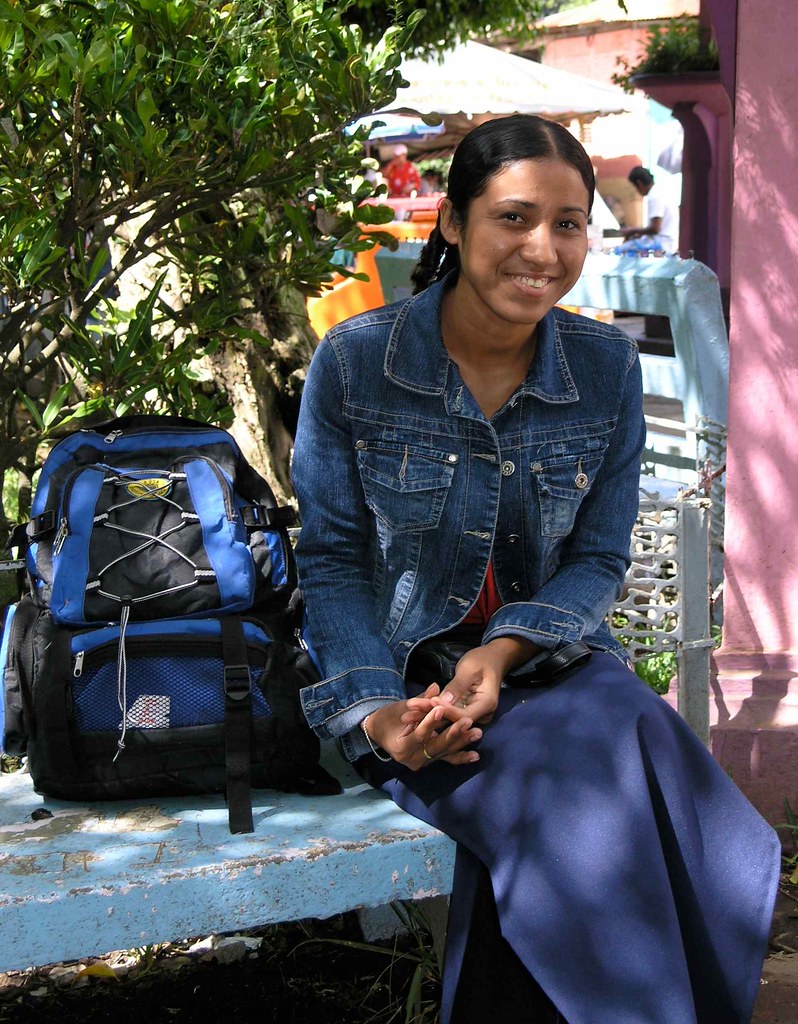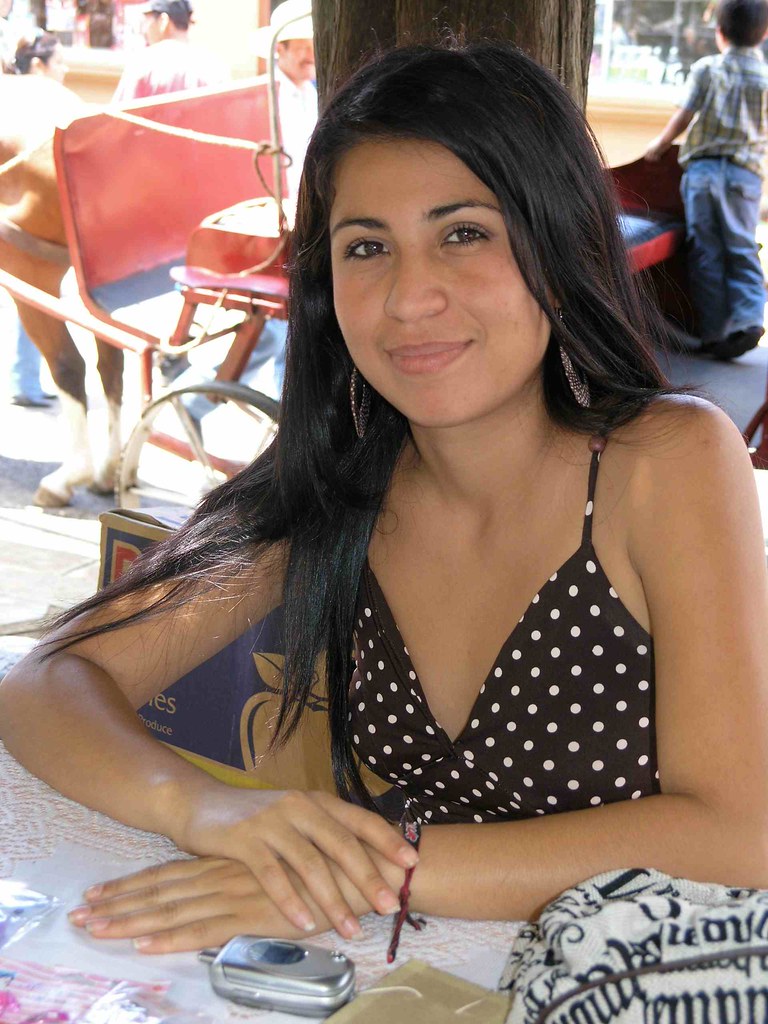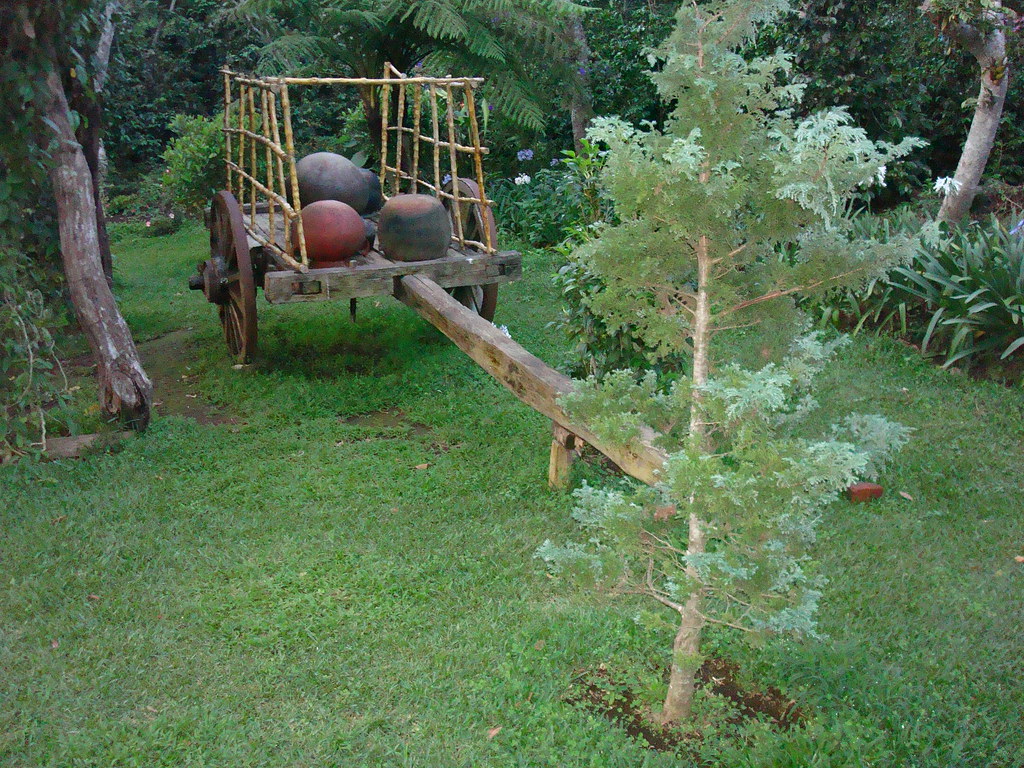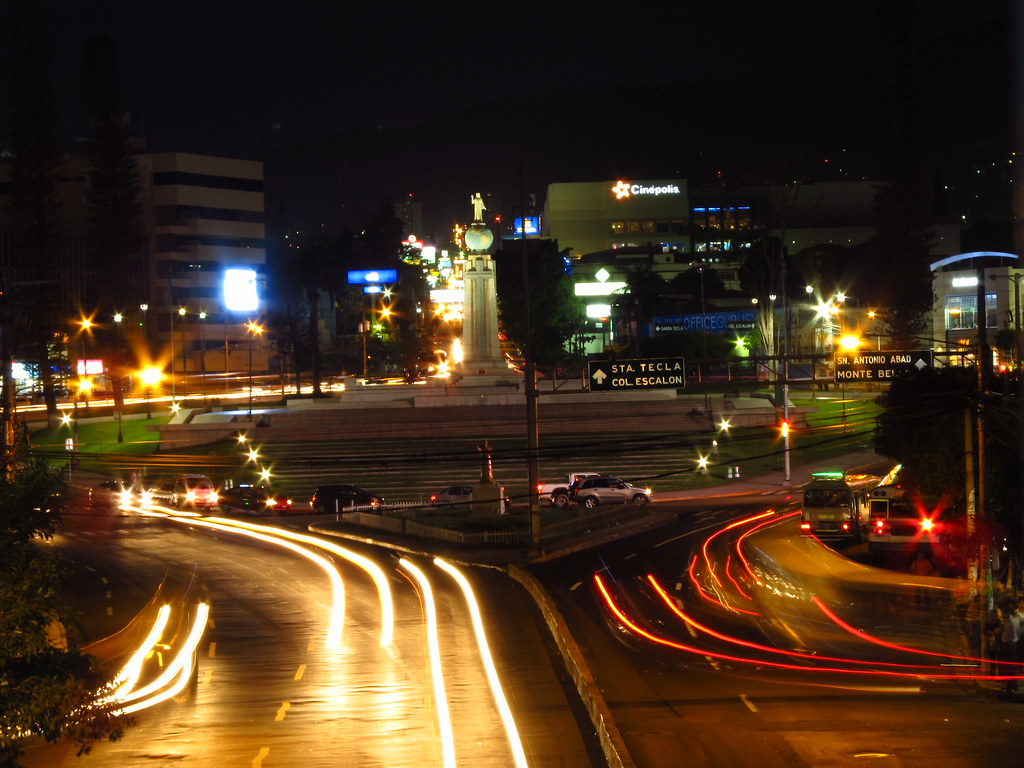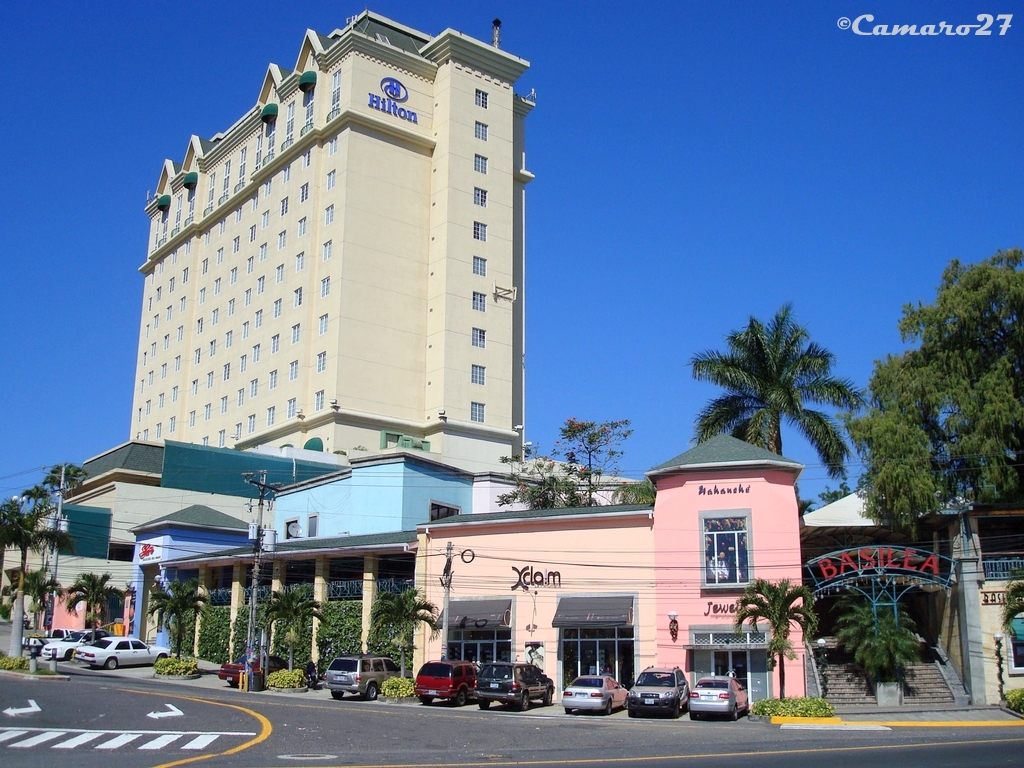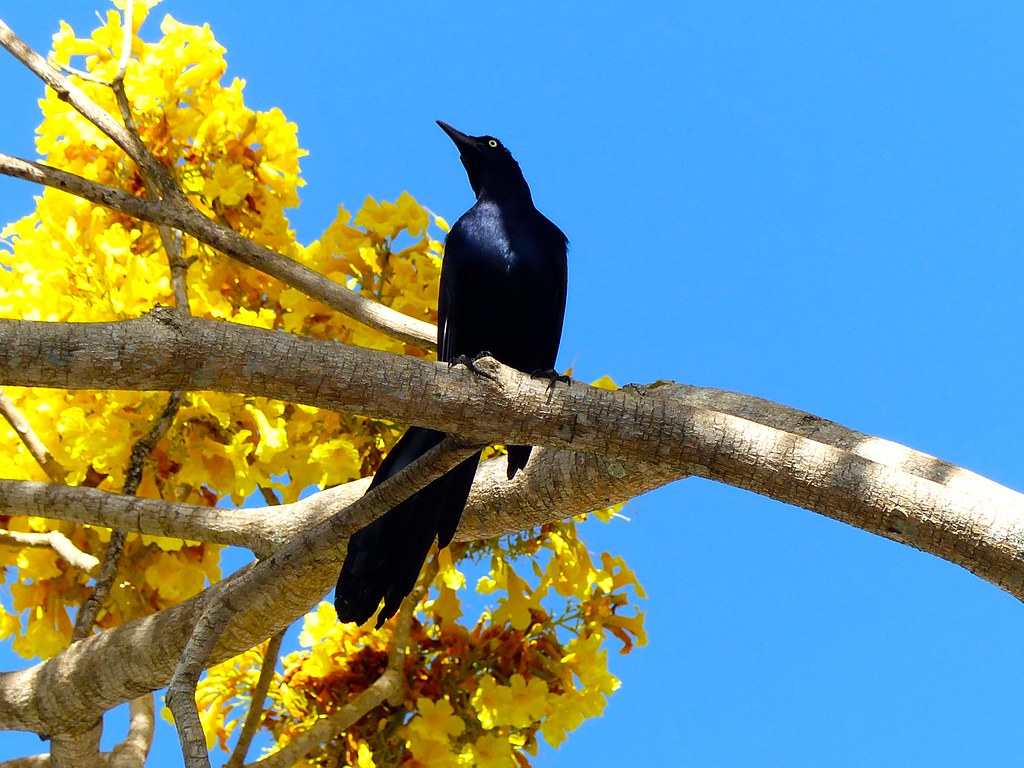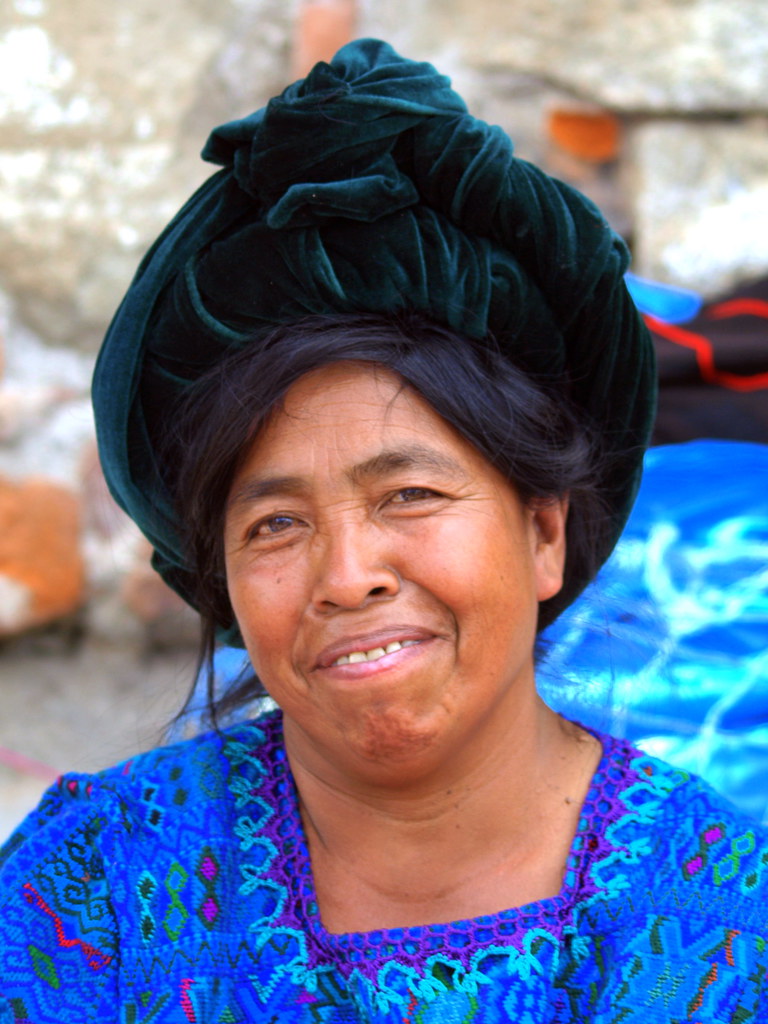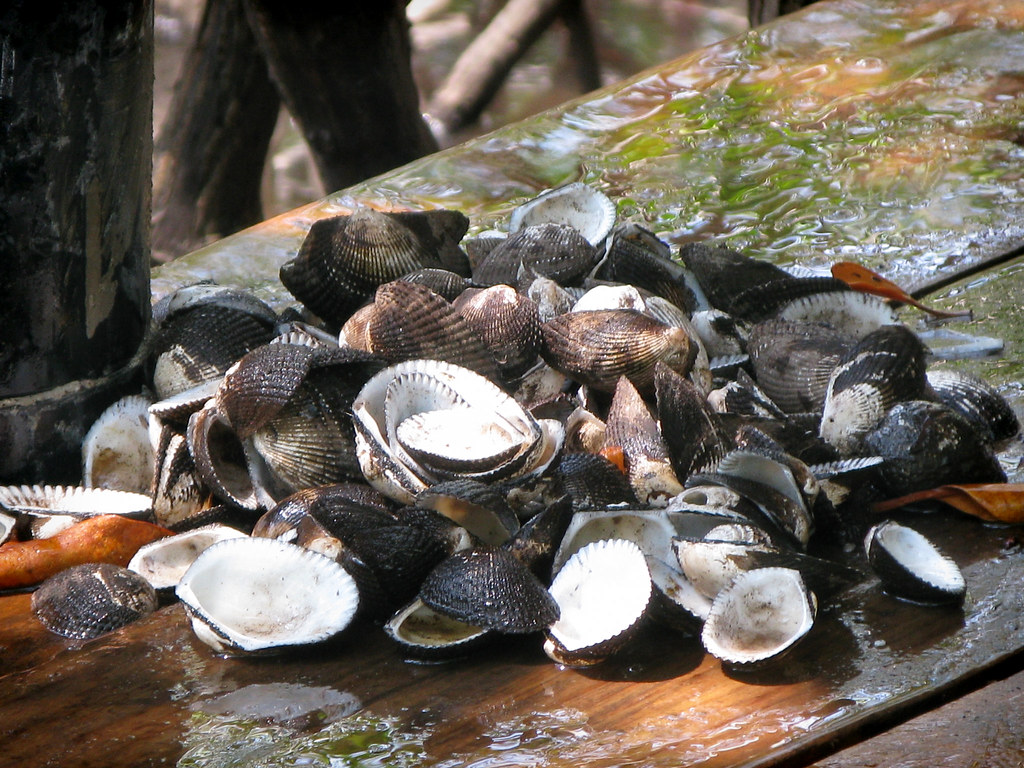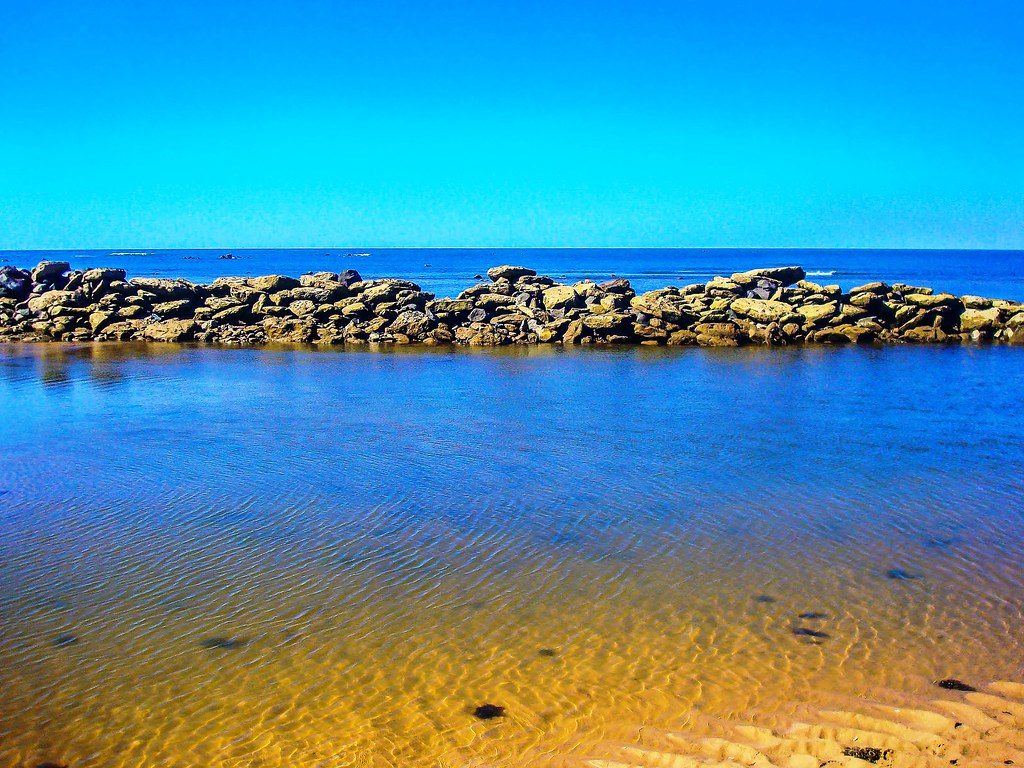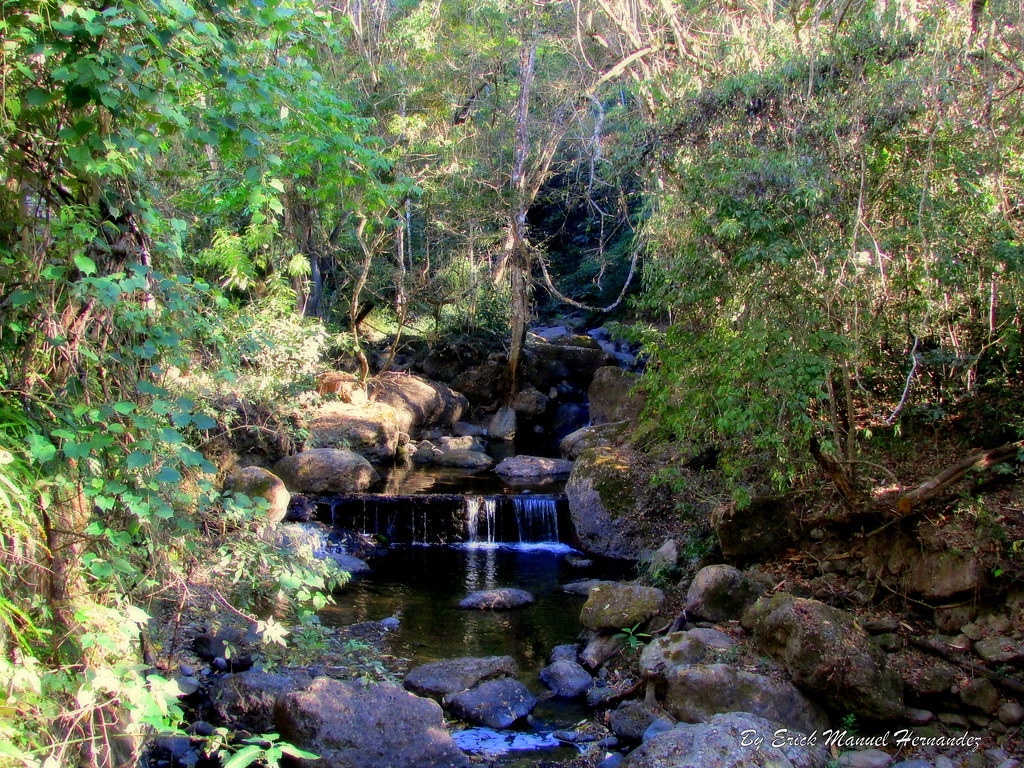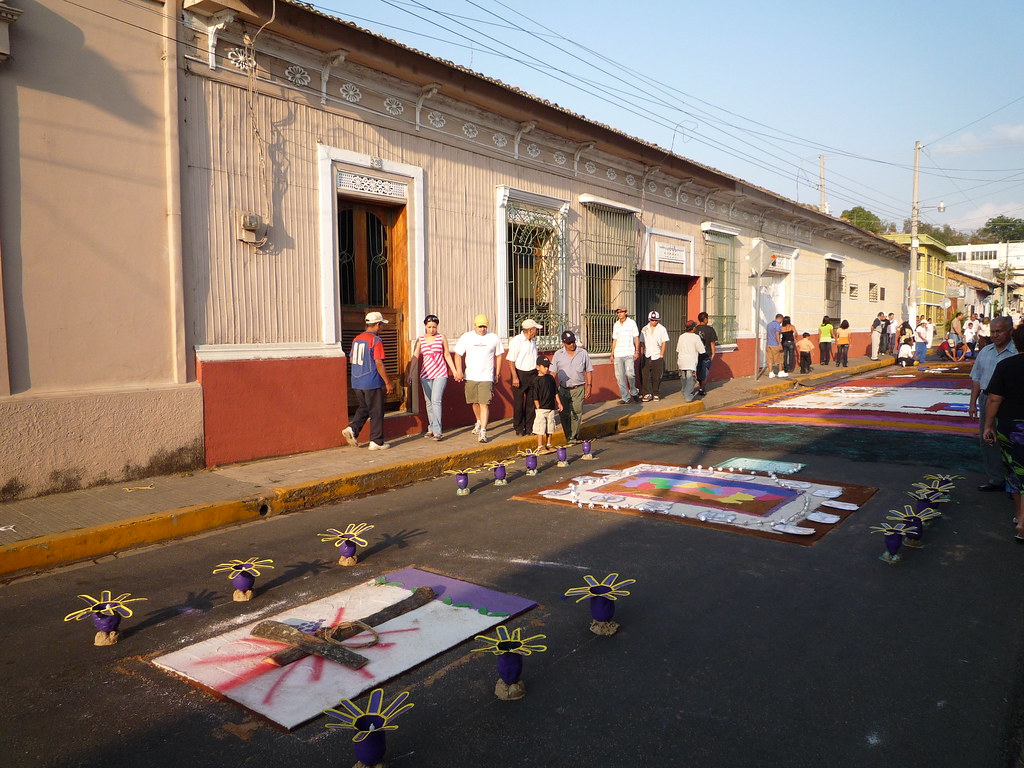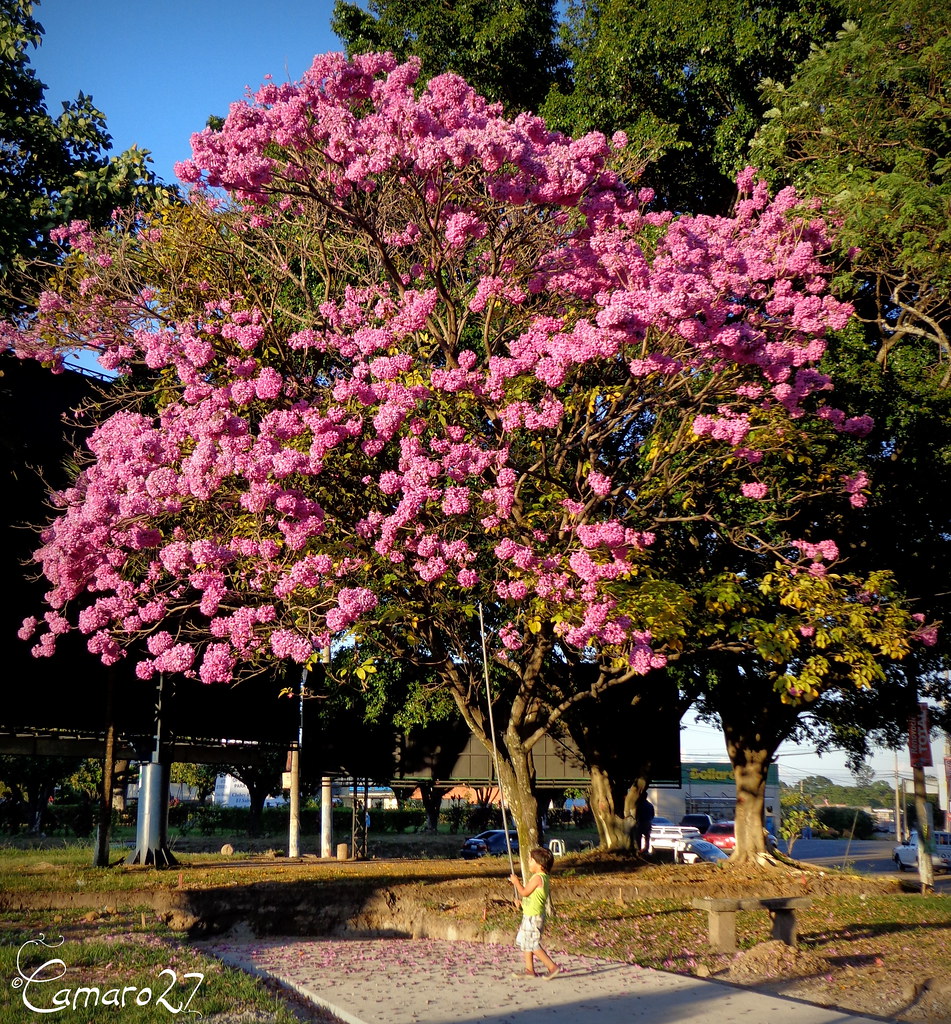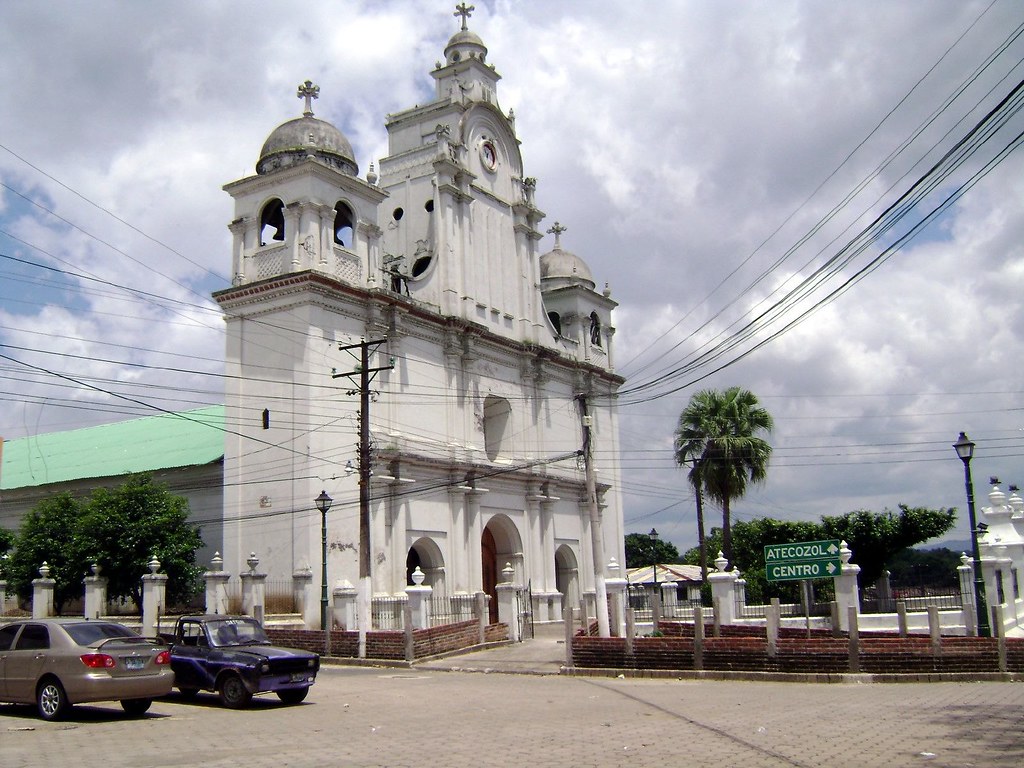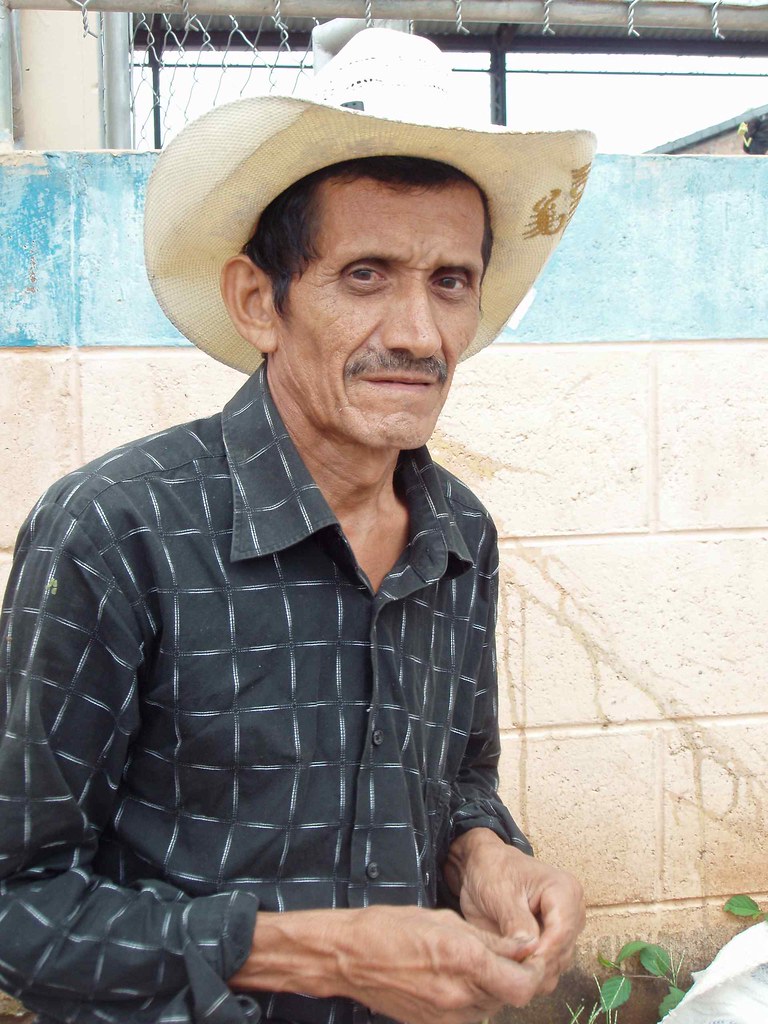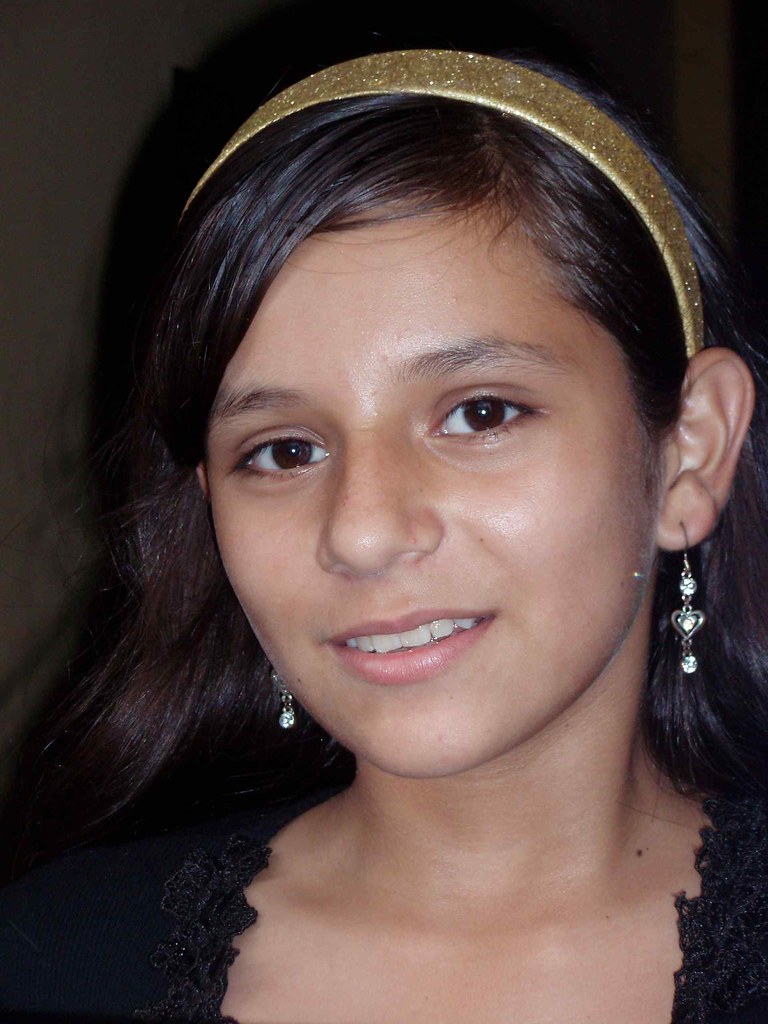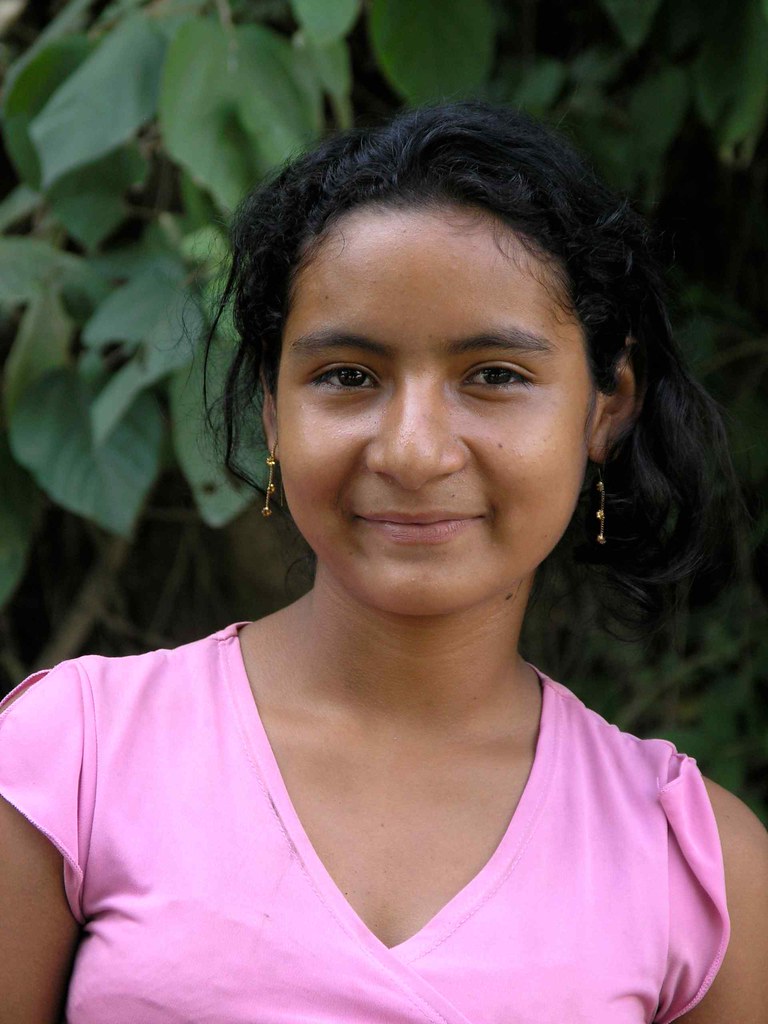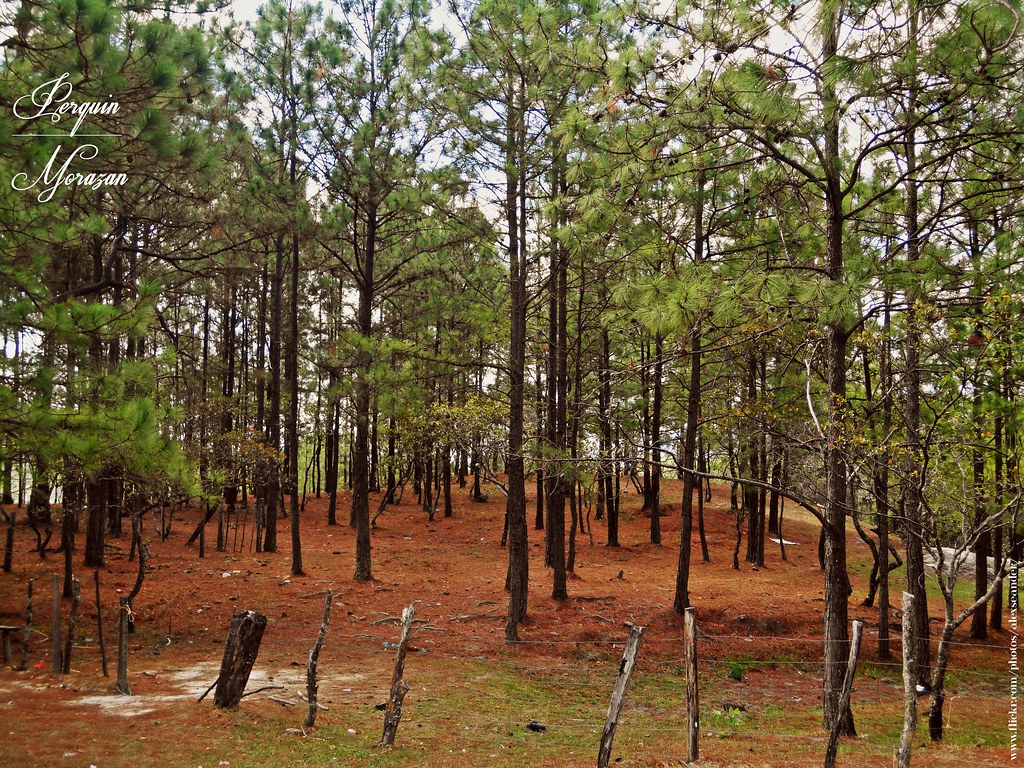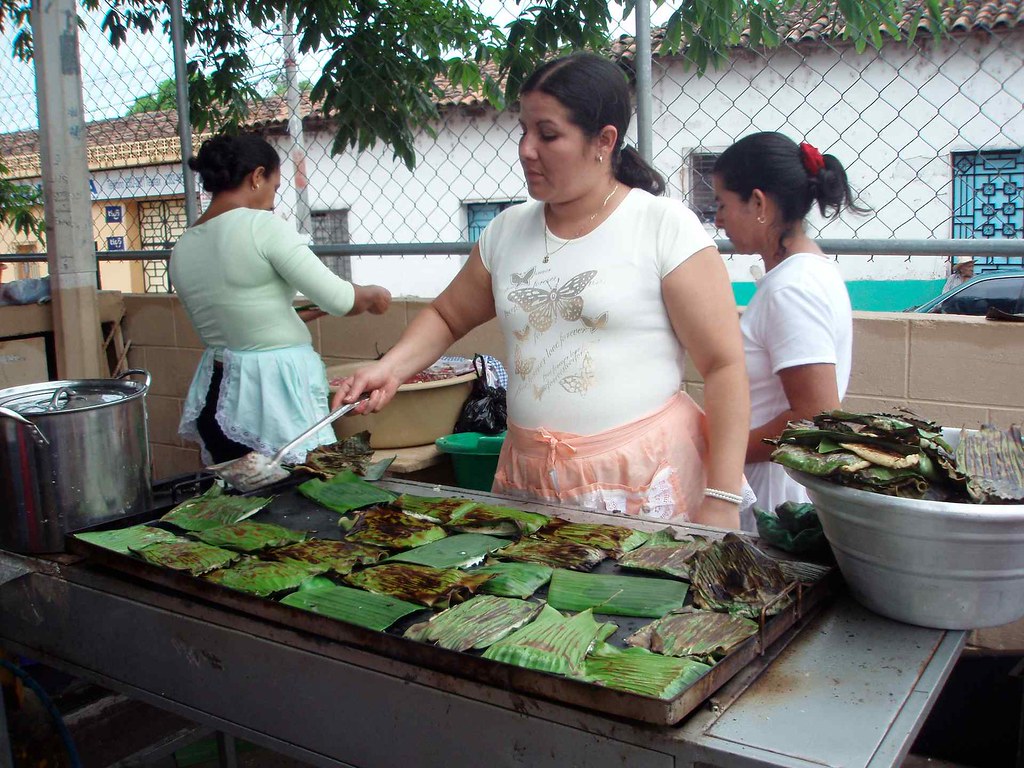Post by Dominicanese on Nov 27, 2017 17:26:58 GMT
El Salvador.








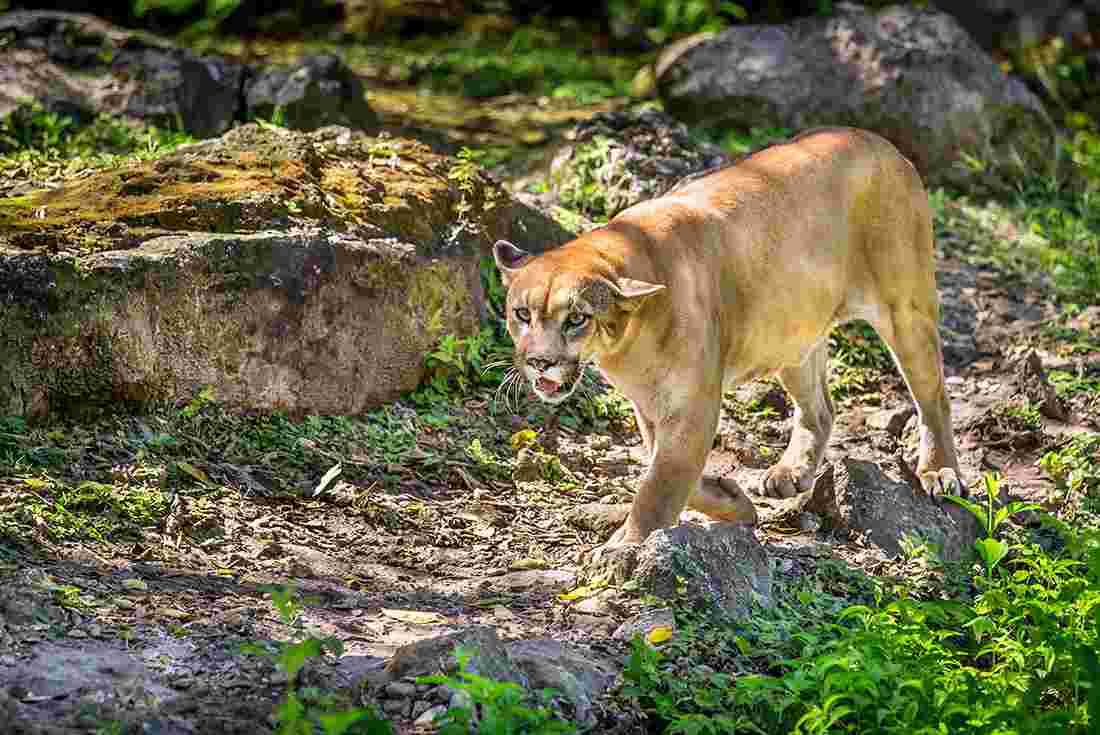

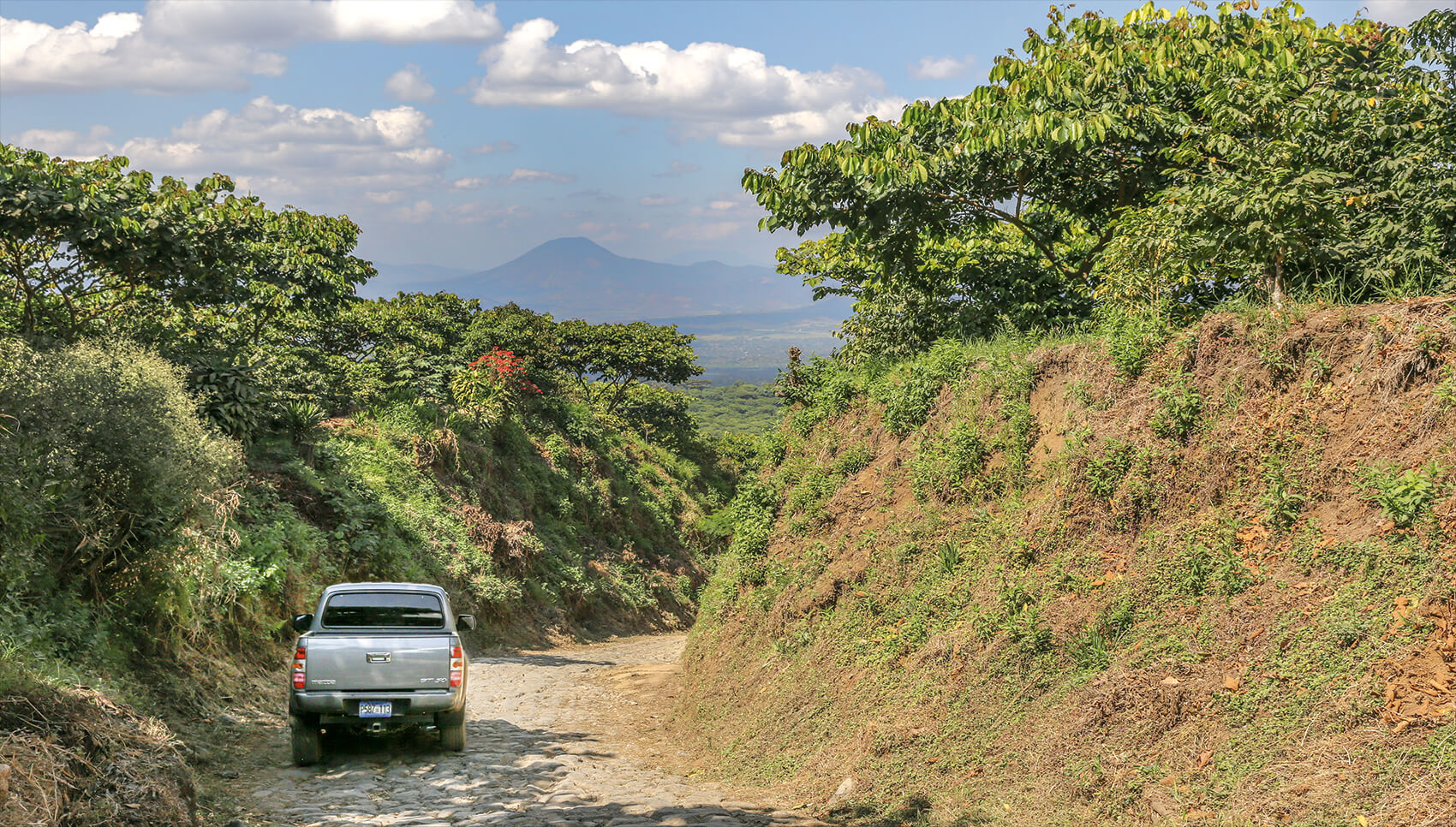
Culture:
The culture of El Salvador is similar to other countries in Latin America, and more specifically to other countries in Central America. Mestizo culture dominates the country, influenced by culture clash of ancient Mesoamerica and medieval Iberian Peninsula.
Cuisine:
El Salvador is the smallest country in Central America and it is known for its volcanoes, black sand beaches, pre-Columbian ruins, and tropical forests. El Salvador's main agricultural products include corn, sugar cane, rice, tomatoes, cattle, and coffee. "Comida tipica" -- traditional dishes influenced by the Mayan and Aztec cultures -- include pupusas, curtido (slightly fermented cabbage slaw usually served with pupusas), tamales (stuffed corn meal wrapped in banana leaves), tamales pisque, tamales de gambrai, yuca con chicharrón (yucca with pork), atol de elote (very young white corn soup), atol de maicena (maize soup), atol de semilla de marañón (cashew soup), atol shuco (black maize soup), atol de piña (pineapple soup), albondigas (Salvadorean meat balls), enchiladas Salvadoreñas (like mini tostadas), horchata (made from morro (Calabash tree) seed, ground cocoa, cinnamon, and sesame seeds), frijoles Santanecos, panes con chumpe (bread roll with turkey), semita (sweet bread with pineapple filling), empanadas de plátano, de leche poleada, y de frijoles (plantain turnovers, plain or filled with milk pudding or refried beans). The most important meal of the day is lunch (almuerzo), which includes soup and a main course of meat, chicken, or seafood with rice and beans.
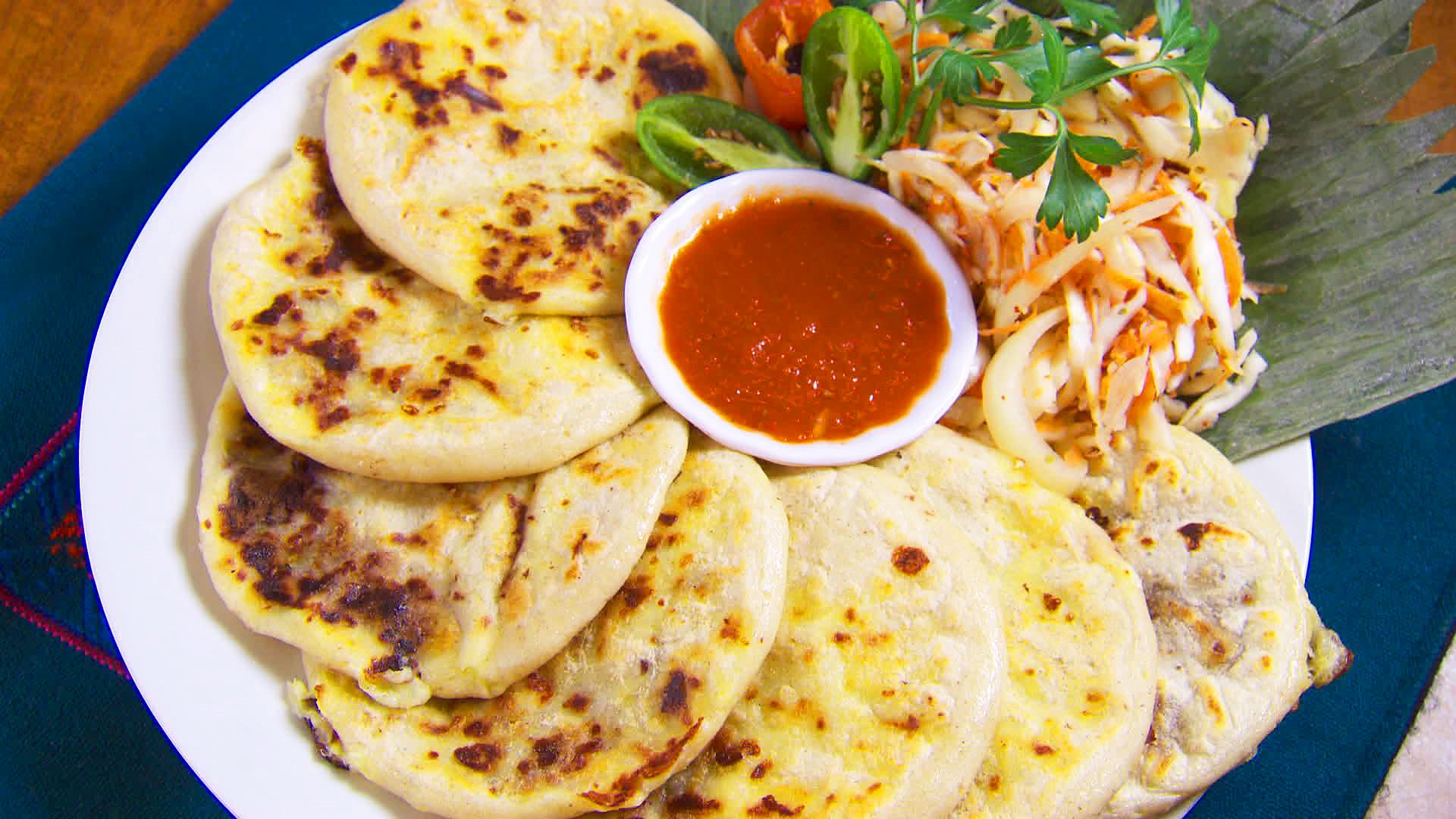
El Salvador has many roadside stands that sell fresh local fruit, vegetables, as well as regionally-made cheeses. In every village, town, and city, there are open air markets that sell locally grown herbs, vegetables, fruits, cooked foods and refrescos. In the larger cities, such as San Salvador, Santa Ana, La Libertad, and San Miguel, there are many restaurants offering international fare, as well as traditional Salvadoran foods. With the influence of "fast food" culture, the knowledge of how to make many traditional foods and drinks (refrescos) is disappearing. El Arbol de Dios, in San Salvador, is dedicated to the preservation of traditional art and food of El Salvador. There you can find comida tipica that is becoming less common, such as tamales pisque, tamales de gambrai, and atol shuco.
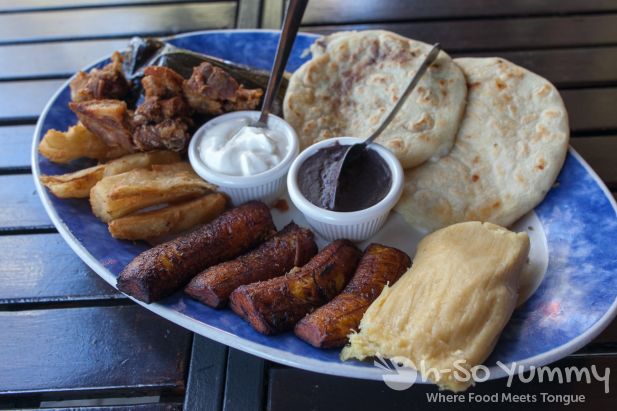
The People in El Salvador enjoy celebrating their culture through various festivals and ceremonies and also, they are very fond of their religion. On 948th people consider that the rainy season is about to start, so they have a festival that includes both Catholic belief and indigenous fertility rituals, as they decorate their homes with fruits and flowers and pray for a wealthy season. In August, people in El Salvador celebrate El Salvador del Mundo (the Savior of the World) – a carnival takes place and people enjoy large family feasts. The Christmas menu includes the traditional tamales (a sort of corn dumpling wrapped in banana leaves), chicken or an American menu with turkey and ham.

El Salvadoran cuisine arises from Mayan and Aztec cooking traditions, but is influenced by European culture. The wide variety of vegetables, tropical fruit, fresh seafood and meat found in El Salvador has resulted in a diversity of delicious dishes unique to their cuisine. The freshness of the ingredients is extremely important. Salvadorans buy meats, fruits, and vegetables every morning for the meals of the day. Each traditional dish has a special cooking method, which is similar in all of El Salvador’s regions. Patience and attention to detail is important when cooking comida tipica. The visual attractiveness of the dish is important, but flavor is more important than superficial visual appeal.
Music:
The music of El Salvador has a mixture of Lenca, Cacaopera, Mayan, Pipil, and Spanish influences. This music includes religious songs (mostly Roman Catholic) used to celebrate Christmas and other holidays, especially feast days of the saints with Tubular bells Chimes. Satirical and rural lyrical themes are common and played with Xylophone.

Popular styles in modern El Salvador include Salvadoran Cumbia, Salvadoran hip hop, Rock and Native Mesoamerican Indigenous music which historically have had a long and large significance and impact to modern El Salvador music styles.
Ethnic Racial Composition:
* 86.3% Mestizo
* 12.7% White
* 1% Amerindian
People:
El Salvador's population is composed of Mestizos, whites, and indigenous peoples. Eighty-six percent of Salvadorans are of mestizo ancestry, having mixed indigenous and European ancestry.[88][90] In the mestizo population, Salvadorans who are racially European, especially Mediterranean, as well as Afro-Salvadoran, and the indigenous people in El Salvador who do not speak indigenous languages or have an indigenous culture, all identify themselves as being culturally mestizo.

As of 2004, there were approximately 3.2 million Salvadorans living outside El Salvador, with the United States traditionally being the destination of choice for Salvadoran economic migrants. By 2012, there were about 2.0 million Salvadoran immigrants and Americans of Salvadoran descent in the U.S., making them the sixth largest immigrant group in the country. The second destinatation of Salvadorans living outside is Guatemala, with more than 111,000 persons, mainly in Guatemala City. Salvadorans also live in other nearby countries such as Belize, Honduras and Nicaragua. Other countries with notable Salvadoran communities include Canada, Mexico, the United Kingdom (including the Cayman Islands), Sweden, Brazil, Italy, Colombia, and Australia.
Languages:
Spanish is the official language of El Salvador. Spanish is the official language and is spoken by virtually all inhabitants. Some indigenous people speak their native tongues (such as Nawat and Maya), but indigenous Salvadorans who do not identify as mestizo constitute only 1% of the country's population. However, all of them can speak Spanish. Q'eqchi' is spoken by immigrants of Guatemalan and Belizean indigenous people living in El Salvador. There have also been recent large migrations of Hondurans and Nicaraguans into the country.
The local Spanish vernacular is called Caliche. Salvadorans use voseo, which is also used in Argentina, Costa Rica, Nicaragua and Uruguay. This refers to the use of "vos" as the second person pronoun, instead of "tú". "Caliche" is considered informal, and a few people choose not to use it. Nawat is an indigenous language that has survived, though it is only used by small communities of some elderly Salvadorans in western El Salvador. Salvadoran Spanish stems from the Castillian, Extremaduran, and Andaluzian Spanish with some influences from Indigenous languages.
Religion:
The majority of the population in El Salvador is Christian. Roman Catholics (47%) and Protestants (33%) are the two major denominations in the country. Those not affiliated with any religious group amount to 17% of the population. The remainder of the population (3%) is made up of Jehovah's Witnesses, Hare Krishnas, Muslims, Jews, Buddhists, Latter-day Saints, and those adhering to indigenous religious beliefs. The number of evangelicals in the country is growing rapidly.
Economy:
Trade is moderately important to Ecuador's economy; the value of exports and imports taken together equals 45 percent of GDP. ... Nontariff barriers interfere with trade, and state-owned enterprises distort the economy. The financial sector remains poorly developed. Around 35% of Salvadorians suffer from poverty.
Sports:
Football (Soccer) is the most popular sport in El Salvador. The El Salvador national football team qualified for the FIFA World Cup in 1970 and 1982. Their qualification for the 1970 tournament was marred by the Football War, a war against Honduras, whose team El Salvador's had defeated.
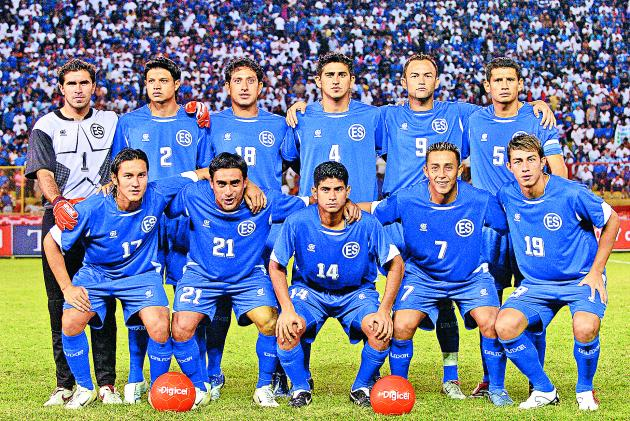
The national football team play at the Estadio Cuscatlán in San Salvador. It opened in 1976 and seats 53,400, making it the largest stadium in Central America and the Caribbean.
Videos:











Culture:
The culture of El Salvador is similar to other countries in Latin America, and more specifically to other countries in Central America. Mestizo culture dominates the country, influenced by culture clash of ancient Mesoamerica and medieval Iberian Peninsula.
Cuisine:
El Salvador is the smallest country in Central America and it is known for its volcanoes, black sand beaches, pre-Columbian ruins, and tropical forests. El Salvador's main agricultural products include corn, sugar cane, rice, tomatoes, cattle, and coffee. "Comida tipica" -- traditional dishes influenced by the Mayan and Aztec cultures -- include pupusas, curtido (slightly fermented cabbage slaw usually served with pupusas), tamales (stuffed corn meal wrapped in banana leaves), tamales pisque, tamales de gambrai, yuca con chicharrón (yucca with pork), atol de elote (very young white corn soup), atol de maicena (maize soup), atol de semilla de marañón (cashew soup), atol shuco (black maize soup), atol de piña (pineapple soup), albondigas (Salvadorean meat balls), enchiladas Salvadoreñas (like mini tostadas), horchata (made from morro (Calabash tree) seed, ground cocoa, cinnamon, and sesame seeds), frijoles Santanecos, panes con chumpe (bread roll with turkey), semita (sweet bread with pineapple filling), empanadas de plátano, de leche poleada, y de frijoles (plantain turnovers, plain or filled with milk pudding or refried beans). The most important meal of the day is lunch (almuerzo), which includes soup and a main course of meat, chicken, or seafood with rice and beans.

El Salvador has many roadside stands that sell fresh local fruit, vegetables, as well as regionally-made cheeses. In every village, town, and city, there are open air markets that sell locally grown herbs, vegetables, fruits, cooked foods and refrescos. In the larger cities, such as San Salvador, Santa Ana, La Libertad, and San Miguel, there are many restaurants offering international fare, as well as traditional Salvadoran foods. With the influence of "fast food" culture, the knowledge of how to make many traditional foods and drinks (refrescos) is disappearing. El Arbol de Dios, in San Salvador, is dedicated to the preservation of traditional art and food of El Salvador. There you can find comida tipica that is becoming less common, such as tamales pisque, tamales de gambrai, and atol shuco.

The People in El Salvador enjoy celebrating their culture through various festivals and ceremonies and also, they are very fond of their religion. On 948th people consider that the rainy season is about to start, so they have a festival that includes both Catholic belief and indigenous fertility rituals, as they decorate their homes with fruits and flowers and pray for a wealthy season. In August, people in El Salvador celebrate El Salvador del Mundo (the Savior of the World) – a carnival takes place and people enjoy large family feasts. The Christmas menu includes the traditional tamales (a sort of corn dumpling wrapped in banana leaves), chicken or an American menu with turkey and ham.

El Salvadoran cuisine arises from Mayan and Aztec cooking traditions, but is influenced by European culture. The wide variety of vegetables, tropical fruit, fresh seafood and meat found in El Salvador has resulted in a diversity of delicious dishes unique to their cuisine. The freshness of the ingredients is extremely important. Salvadorans buy meats, fruits, and vegetables every morning for the meals of the day. Each traditional dish has a special cooking method, which is similar in all of El Salvador’s regions. Patience and attention to detail is important when cooking comida tipica. The visual attractiveness of the dish is important, but flavor is more important than superficial visual appeal.
Music:
The music of El Salvador has a mixture of Lenca, Cacaopera, Mayan, Pipil, and Spanish influences. This music includes religious songs (mostly Roman Catholic) used to celebrate Christmas and other holidays, especially feast days of the saints with Tubular bells Chimes. Satirical and rural lyrical themes are common and played with Xylophone.

Popular styles in modern El Salvador include Salvadoran Cumbia, Salvadoran hip hop, Rock and Native Mesoamerican Indigenous music which historically have had a long and large significance and impact to modern El Salvador music styles.
Ethnic Racial Composition:
* 86.3% Mestizo
* 12.7% White
* 1% Amerindian
People:
El Salvador's population is composed of Mestizos, whites, and indigenous peoples. Eighty-six percent of Salvadorans are of mestizo ancestry, having mixed indigenous and European ancestry.[88][90] In the mestizo population, Salvadorans who are racially European, especially Mediterranean, as well as Afro-Salvadoran, and the indigenous people in El Salvador who do not speak indigenous languages or have an indigenous culture, all identify themselves as being culturally mestizo.

As of 2004, there were approximately 3.2 million Salvadorans living outside El Salvador, with the United States traditionally being the destination of choice for Salvadoran economic migrants. By 2012, there were about 2.0 million Salvadoran immigrants and Americans of Salvadoran descent in the U.S., making them the sixth largest immigrant group in the country. The second destinatation of Salvadorans living outside is Guatemala, with more than 111,000 persons, mainly in Guatemala City. Salvadorans also live in other nearby countries such as Belize, Honduras and Nicaragua. Other countries with notable Salvadoran communities include Canada, Mexico, the United Kingdom (including the Cayman Islands), Sweden, Brazil, Italy, Colombia, and Australia.
Languages:
Spanish is the official language of El Salvador. Spanish is the official language and is spoken by virtually all inhabitants. Some indigenous people speak their native tongues (such as Nawat and Maya), but indigenous Salvadorans who do not identify as mestizo constitute only 1% of the country's population. However, all of them can speak Spanish. Q'eqchi' is spoken by immigrants of Guatemalan and Belizean indigenous people living in El Salvador. There have also been recent large migrations of Hondurans and Nicaraguans into the country.
The local Spanish vernacular is called Caliche. Salvadorans use voseo, which is also used in Argentina, Costa Rica, Nicaragua and Uruguay. This refers to the use of "vos" as the second person pronoun, instead of "tú". "Caliche" is considered informal, and a few people choose not to use it. Nawat is an indigenous language that has survived, though it is only used by small communities of some elderly Salvadorans in western El Salvador. Salvadoran Spanish stems from the Castillian, Extremaduran, and Andaluzian Spanish with some influences from Indigenous languages.
Religion:
The majority of the population in El Salvador is Christian. Roman Catholics (47%) and Protestants (33%) are the two major denominations in the country. Those not affiliated with any religious group amount to 17% of the population. The remainder of the population (3%) is made up of Jehovah's Witnesses, Hare Krishnas, Muslims, Jews, Buddhists, Latter-day Saints, and those adhering to indigenous religious beliefs. The number of evangelicals in the country is growing rapidly.
Economy:
Trade is moderately important to Ecuador's economy; the value of exports and imports taken together equals 45 percent of GDP. ... Nontariff barriers interfere with trade, and state-owned enterprises distort the economy. The financial sector remains poorly developed. Around 35% of Salvadorians suffer from poverty.
Sports:
Football (Soccer) is the most popular sport in El Salvador. The El Salvador national football team qualified for the FIFA World Cup in 1970 and 1982. Their qualification for the 1970 tournament was marred by the Football War, a war against Honduras, whose team El Salvador's had defeated.

The national football team play at the Estadio Cuscatlán in San Salvador. It opened in 1976 and seats 53,400, making it the largest stadium in Central America and the Caribbean.
Videos:






